Peru Travel Guide: 3-week Itinerary
Three weeks is an ideal length to discover Peru due to the convenient buses and flights, making traveling in Peru fairly easy. Here’s a day-to-day Peru Travel Guide. Discover the travel locations of this route’s highlights in our Peru map.
Day 1 – 3: Lima
Welcome to the capital of Peru: Lima. This modern, creative city built along the scenic coastline is a good starting point for your time in Peru. Plus, there’s an international airport here, making it a convenient entry point for your Peru itinerary.
Wander around in the artist area Barranco, bike around the city and coastline, and taste Peru’s national dish ‘Ceviche’.
Read more: 10 Things to do in Lima – Lima city guide
Where to Stay in Lima
The best areas to stay in Lima are Miraflores, San Isidro, and Barranco, as these are safe, offer a lot of accommodation and restaurants, and it’s in the middle of all the things to do in Lima.
Alternatively, if you’re looking for something budget-friendly, you can search for a hostel in Lima here.
Day 4: Paracas – Unique Peru travel experience
One of the most extraordinary wildlife events takes place daily at Paracas’s Ballestas Islands. A million sea birds torpedo themselves into the water, trying to catch the fish at the surface that are hunted by the sea lions.
Paracas is a tiny, laid-back backpack village; great to spend the night going on a tour through Paracas National Reserve and doing a Pisco Wine tasting tour.
Read more: Ballestas Islands of Paracas
Where to Stay in Paracas
Spending one or two nights will allow you to do all the things to do in Paracas and relax at the hotel’s pool (or in your hostel in Paracas).
Many travelers end up staying longer because it’s so relaxed. It is a great stop on your way to Arequipa or Nazca.
Hacienda San Jose – Peru travel history
On your way to Paracas, stop at the beautiful country house Hacienda San Jose. Underneath the house lies a 9-kilometer-long tunnel system that was used to smuggle African people to work on the farms and avoid tax. It is possible to go inside the tunnels and catch a bit of the somewhat dark history that took place here.
Lima to Paracas
Get to Paracas within a 3-hour bus ride, best booked online with a reliable bus company or via the public bus.
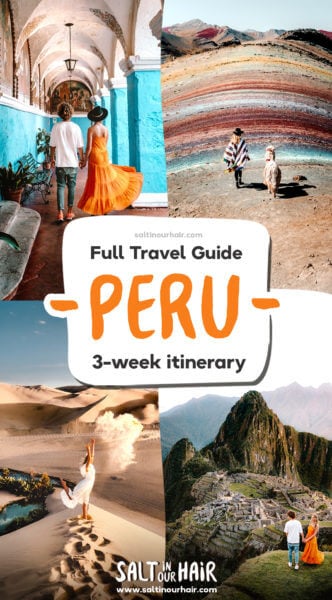
Day 5 – 6: Huacachina
The highest sand dunes in South America surround a small lagoon with lush green palm trees. This oasis, named Huacachina, has to be on your Peru travel itinerary as it is a unique phenomenon. So watch the sunset from the dune top, do a sand buggy tour through the desert, and spend the night.
Read more: Huacachina, the desert oasis of Peru
Paracas to Huacachina
Huachachina is a short 45-minute bus ride from Paracas. Unfortunately, there is no public transport, but you can take a taxi from Ica or a bus tour company.
Where to Stay in Huacachina
There is a good selection of accommodations in Huacachina. During the high season (June to August), most hostels and hotels will be full. It’s recommended to book ahead or spend the night in Ica. Search for your hostel here.
In Huacachina, get accommodation with a nice pool so you will be fully relaxed for the upcoming overnight night bus ride to Arequipa.
Day 7 – 9: Arequipa
The volcano-ringed city of Arequipa is the second-largest city in Peru. It is often skipped as the majority of the tourists visit Machu Picchu only. Arequipa is a stunning and charming city fantastic to explore on foot. Its white colonial buildings in the historical center give a feeling as if you’re walking in Europe.
The city is located at 2,400 meters, an altitude to get used to before going to the even higher-located city of Cusco.
Read more: Everything about Arequipa
Where to Stay in Arequipa
Arequipa has great accommodation for every kind of budget. Find a hostel or hotel within 15 minutes of walking from the main square to be sure you’re near all major sights.
Nazca Lines
On your way to Arequipa, you will pass the Nazca Lines, a series of drawings carved into the ground of the desert over 2000 years ago. The viewing tower on the side of the highway gives a good look at the drawings, such as a tree and hands. Alternatively, book a flight to see all the Nazca lines from above.
Huacachina to Arequipa
The comfortable overnight bus from Huachachina to Arequipa with Peru Hop is a great way to cover a long distance. The bus ride takes 12 hours, but it will stop at the Nazca Lines viewing tower.
Day 10 – 12: Cusco
Cusco is the gateway to the Sacred Valley and Macchu Picchu. This charming little cobblestone-street city is situated at an altitude of 3.200 meters, and you will need some time to get used to that height. Luckily, Cusco is a fantastic city with beautiful architecture, cathedrals, museums, and some of the best restaurants in the country!
Get to know: All the things to do in Cusco
Arequipa to Cusco
On day 8 in Arequipa, take the bus via Puno or fly directly to Cusco. If you want to see the floating villages of Puno, add one day to your Peru travel itinerary. Find the best flight
Where to Stay in Cusco
Whether you are on a backpacking budget or looking for a little more luxury, Cusco offers every kind of accommodation to suit your needs.
There is no wrong area to stay in as long as it is 15 – 20 minutes walk to the city center. Personally, we would recommend the San Blas neighborhood. You can also find great hostels all around the city (search for a hostel here).
Day 13: Sacred Valley
After acclimatizing in Cusco, go into the incredible Sacred Valley. Discover sights like the Moray circular terraces, Pisac, Maras Salt Mines, and Ollantaytambo. Finally, take the train from Ollantaytambo to Aguas Calientes, better known as Machu Picchu town. Spending the night in Aguas Calientes allows you to get up early and see the sunrise on Machu Picchu mountain.
Tip: Save on your budget by booking a multi-day Sacred Valley tour.
Tip: After Machu Picchu, you have to return to Cusco. For that reason, leave your big suitcase luggage at the hotel you will be staying at from day 15 and just take a day pack with clothing for two nights.
Learn more about the Sacred Valley
Where to Stay in Machu Picchu Town
It is best to find a hotel in Aguas Calientes while visiting Machu Picchu. If you’re backpacking in Peru, there are also plenty of hostel options near Machu Picchu (search for hostel availability here).
Another option is to stay in Cusco or Ollantaytambo, but this would require an earlier departure and a train ride. This would take up quite some time.
Day 14: Machu Picchu – Highlight of Peru travel route
Rise and shine very early, as today is the highlight of your 3-week Peru travel route! Machu Picchu, the once-lost Incan city situated on top of a mountain, is something to experience best during sunrise. Spend the morning wandering around at this jaw-dropping site, and eventually, don’t forget to get the passport stamp as a final reward for visiting Machu Picchu.
Spend the rest of the afternoon in Aguas Calientes relaxing, as you will need this after that early wake-up call.
Day 15: Back to Cusco
After spending the night in Aguas Calientes, hop on the morning train back to Ollantaytambo. In the morning, two trains depart at 08:30 and 10:32, but remember to get these tickets in advance. The train ride belongs to one of the most scenic train rides in the world, with many windows offering a great view of the entire Sacred Valley.
Day 16: Rainbow Mountain – Must-do Peru travel experience
Prepare yourself for a tough hike to the 5000-meter-high rainbow-colored mountain top of Palccoyo. The rainbow colors, created by various kinds of metal, were covered by snowy mountain tops, but due to climate change, this will now be visible during the summer period. A unique experience to have on your Peru travel itinerary.
Optional: If you’re a fan of hikes consider doing the hike to Humantay Lake on day 17 and spend one day less in the Amazon. Please do not use the poor horses at Humantay and walk instead.
Day 17 – 20: Iquitos Amazon
From the mountain tops to the jungle – Make a change of scenery and spend your last days in the tropical Amazon jungle of Peru. Deep inside the jungle is the city of Iquitos, where you take the boat on the river into the Amazon. Stay at one of the riverside eco-lodges and spend your days spotting sloths, pink dolphins, and colorful birds, and visiting a local tribe.
Cusco to Iquitos
Iquitos is surrounded by jungle; there are no roads to this city. Therefore, your only option from Cusco is a 2-hour flight. Plan this in advance, as the flights to Iquitos are not daily.
Where to Stay in Iquitos
The majority of the lodges offer two or three-day packages that include accommodation, transportation, activities, and meals. Escape the outside world and have a few days without a phone signal and with limited electricity.
Make sure to bring mosquito repellent and long-sleeve shirts, as right after each rain shower, mosquitos get extra active. We stayed at Heliconia via Exploor.
Day 21: Lima – Final day of your Peru travel guide
On the evening of day 20, fly back to Lima and spend the last day in the city eating delicious ceviche and buying some final souvenirs.
Iquitos to Lima
Get one of the daily 2-hour flights from Iquitos to Lima.
How to get around Peru
Start your Peru itinerary in Lima, where there is an international airport with flights arriving from all over the world. From here, it’s easy to find flight or bus connections to your next destination.
Transportation in Peru is fairly easy and safe. Cover long distances with quality buses or flights between the bigger cities although it’s good to notice that the buses are really good and you’ll meet people more easily.
Best time to visit Peru
Due to its main climates, Peru can be visited throughout the entire year. When following this particular Peru travel route, the best time to visit Peru is between May and October during the dry season. The rainy season runs from November until April, but places like Lima will have a more pleasant climate during these months.
Tourism-wise, the peaks are July and August, so you might want to avoid these months of the year.
Travel to Peru: Is Peru safe?
Peru is known as not safe, but the situation has actually drastically improved over the last 10 years. Slum areas around the major cities are recommended to avoid, but all tourist hotspots are safe to roam and walk freely. The most common way of unsafety is pickpocketing at the tourist hotspots. Other than that, the locals are helpful and friendly, and we personally haven’t felt unsafe for a single moment. Learn more about travel safety.
Travel Insurance
Don't forget a travel insurance for your Peru trip! Heymondo covers medical emergencies, theft, delays, cancellations, lost luggage, and more, with 24/7 worldwide assistance and medical chat. As a Salt in our Hair reader, we've got you 5% off! Check Heymondo here
Visa for Peru
Peru does not require a visa for the majority of the countries.
By purchasing through our links, you support us at no additional cost.
Thank you for your support. ♥️
- Find Hotels via Booking.com
- Find a Rental Car via Rentalcars.com
- Find Cheap Flights via Skyscanner
- Get a Travel Insurance via Heymondo
- Book Tours & Attractions via GetYourGuide
- Book a Bus/Train/Transfer via 12Go
Looking for more travel information? Plan a chat with us for personalised travel advice or get an answer from the Salt in our Hair Travel Community on Facebook.

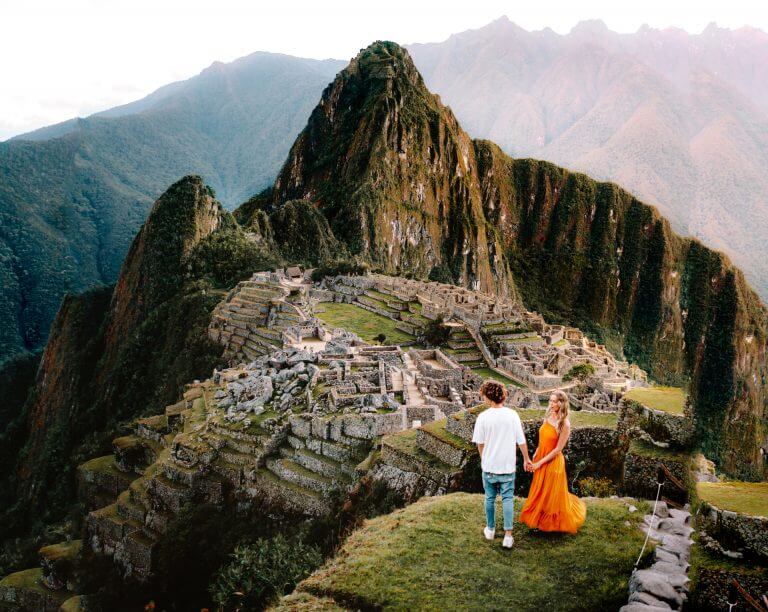
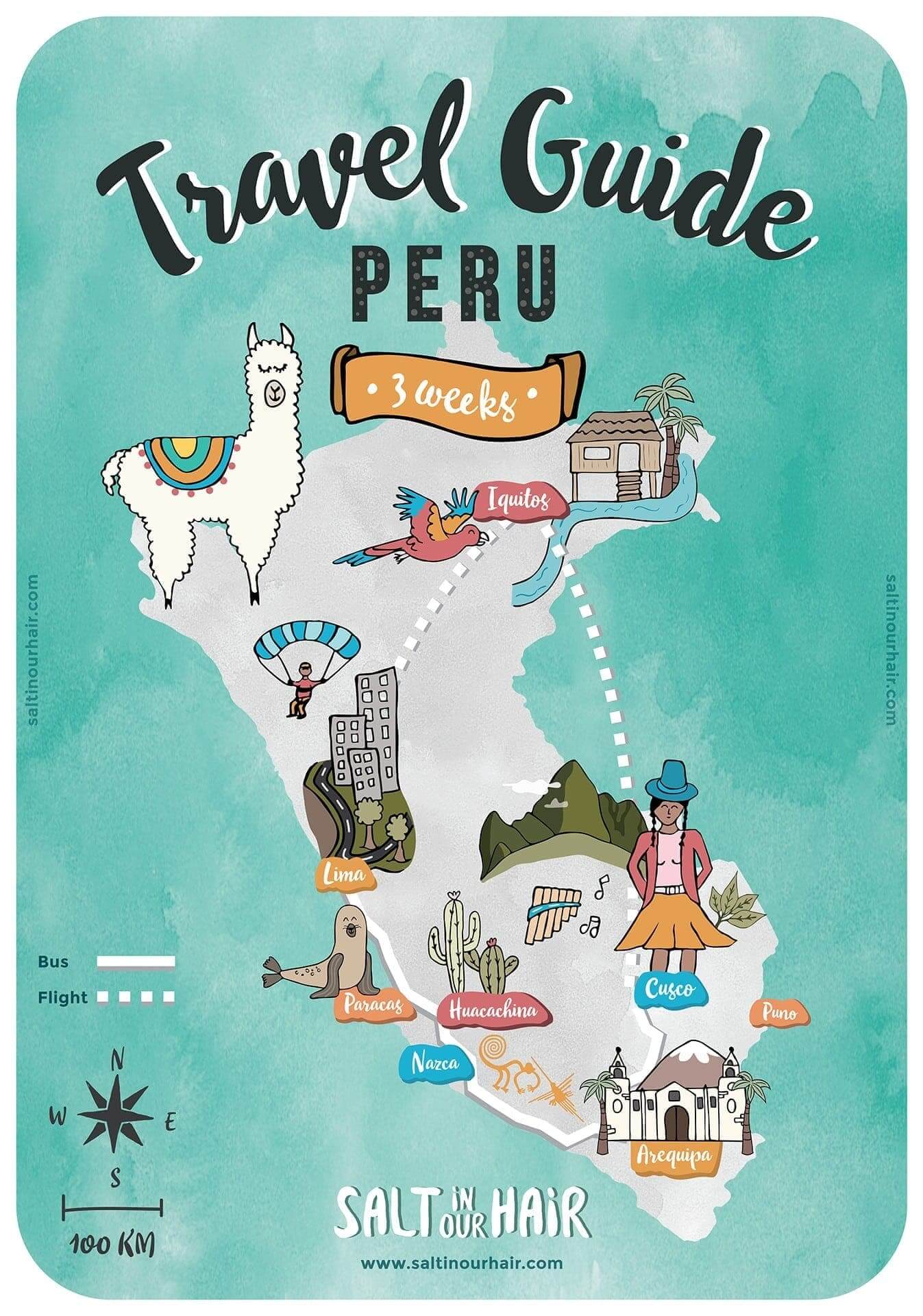

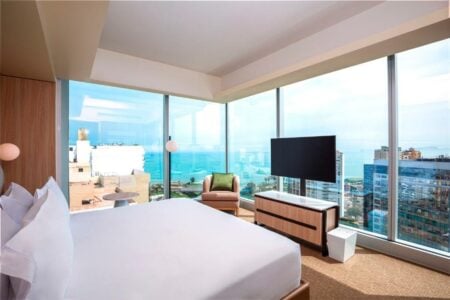

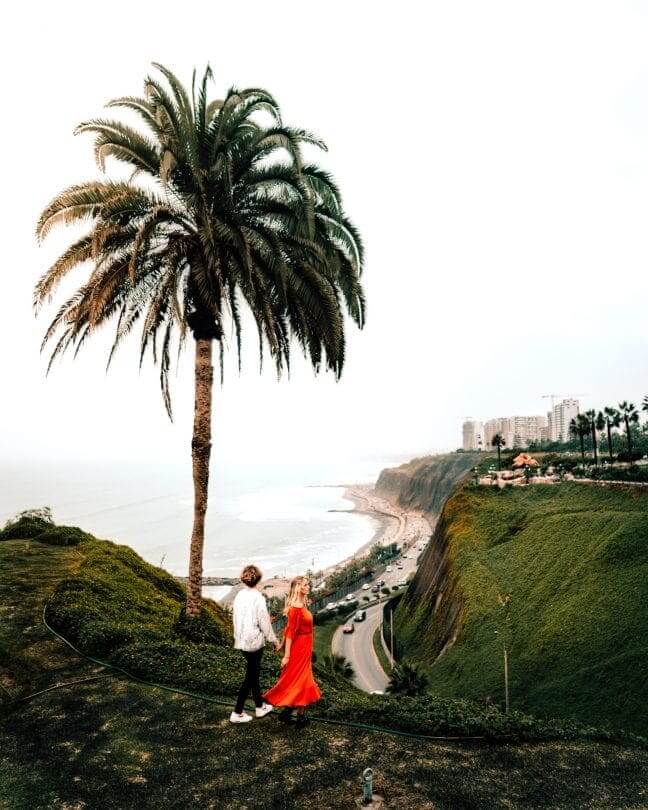
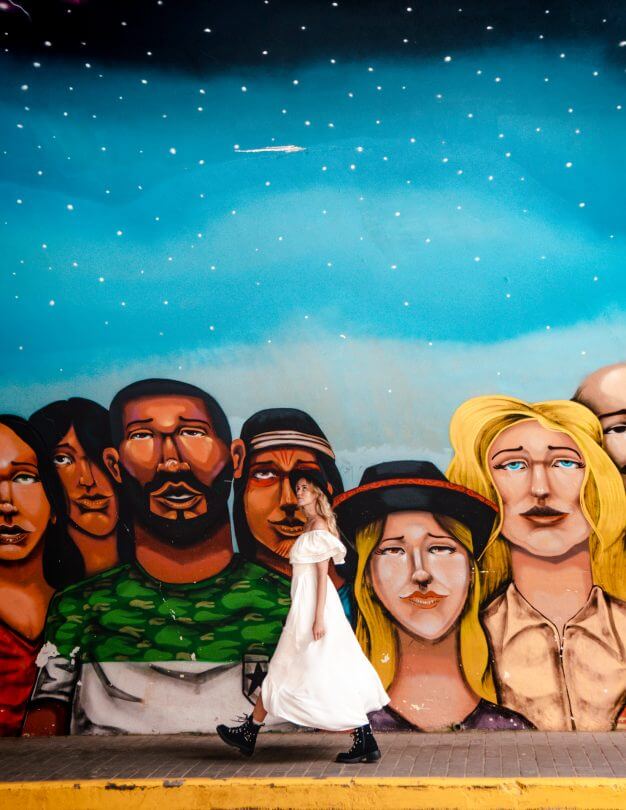
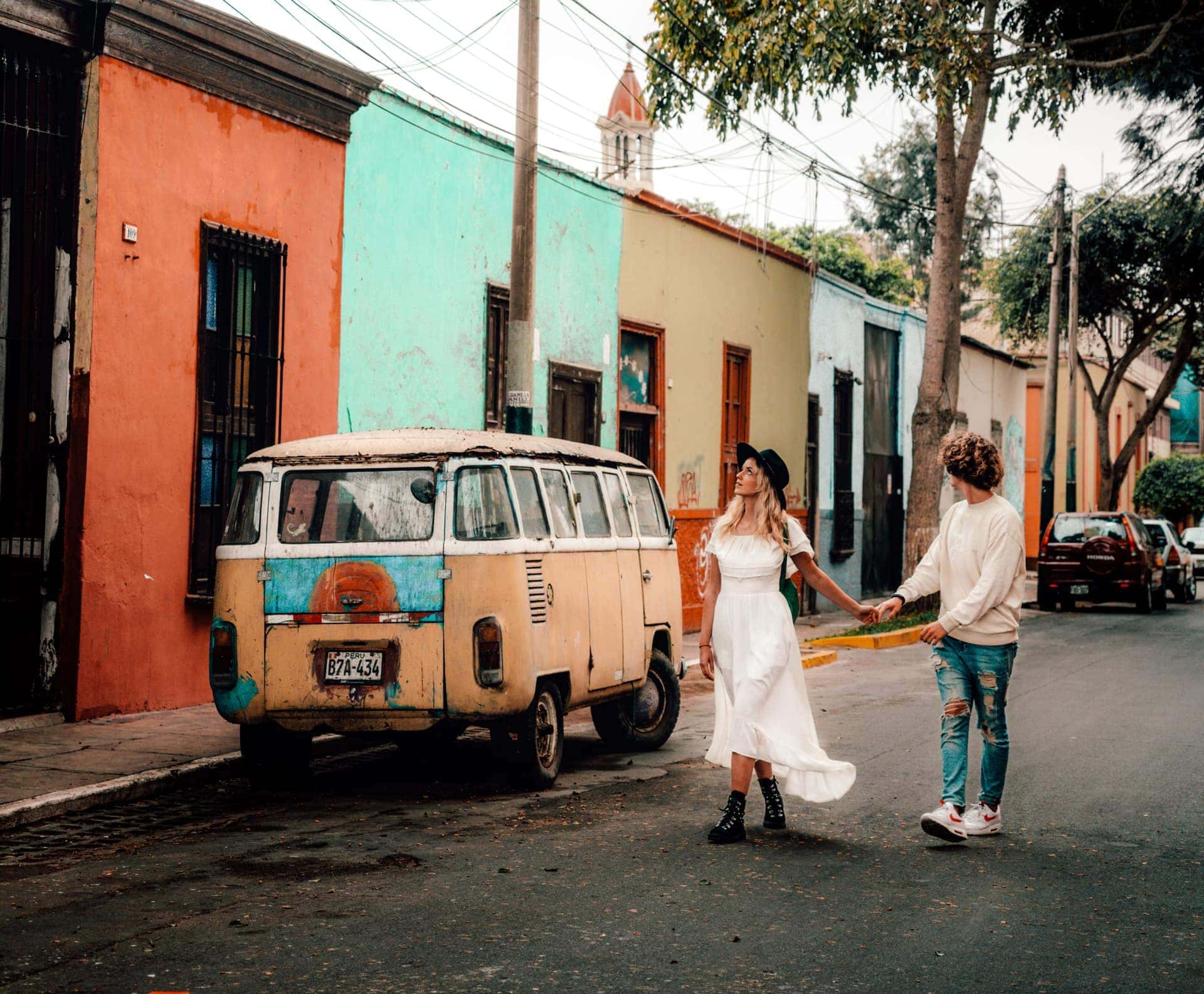
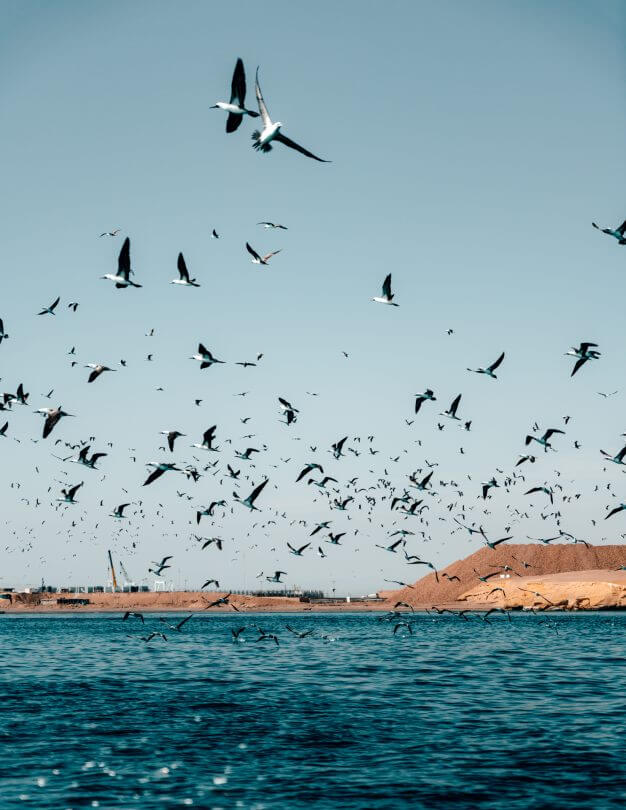
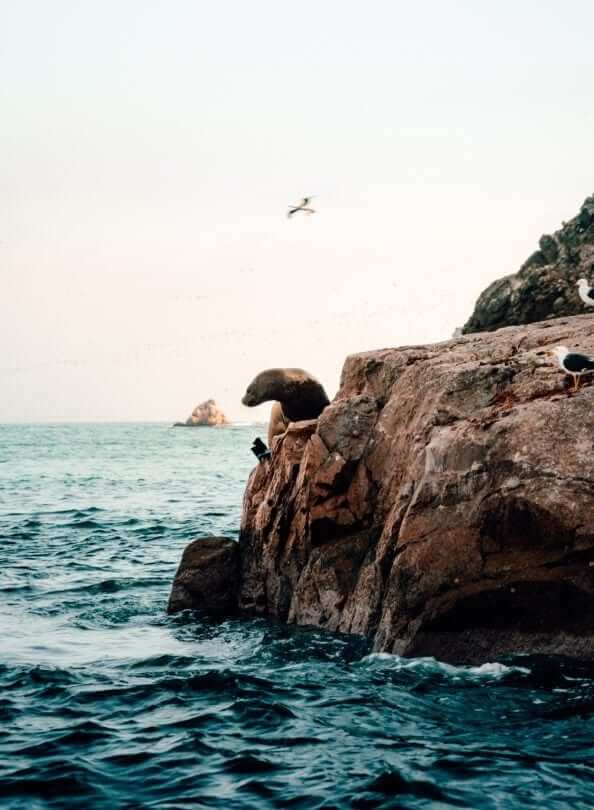
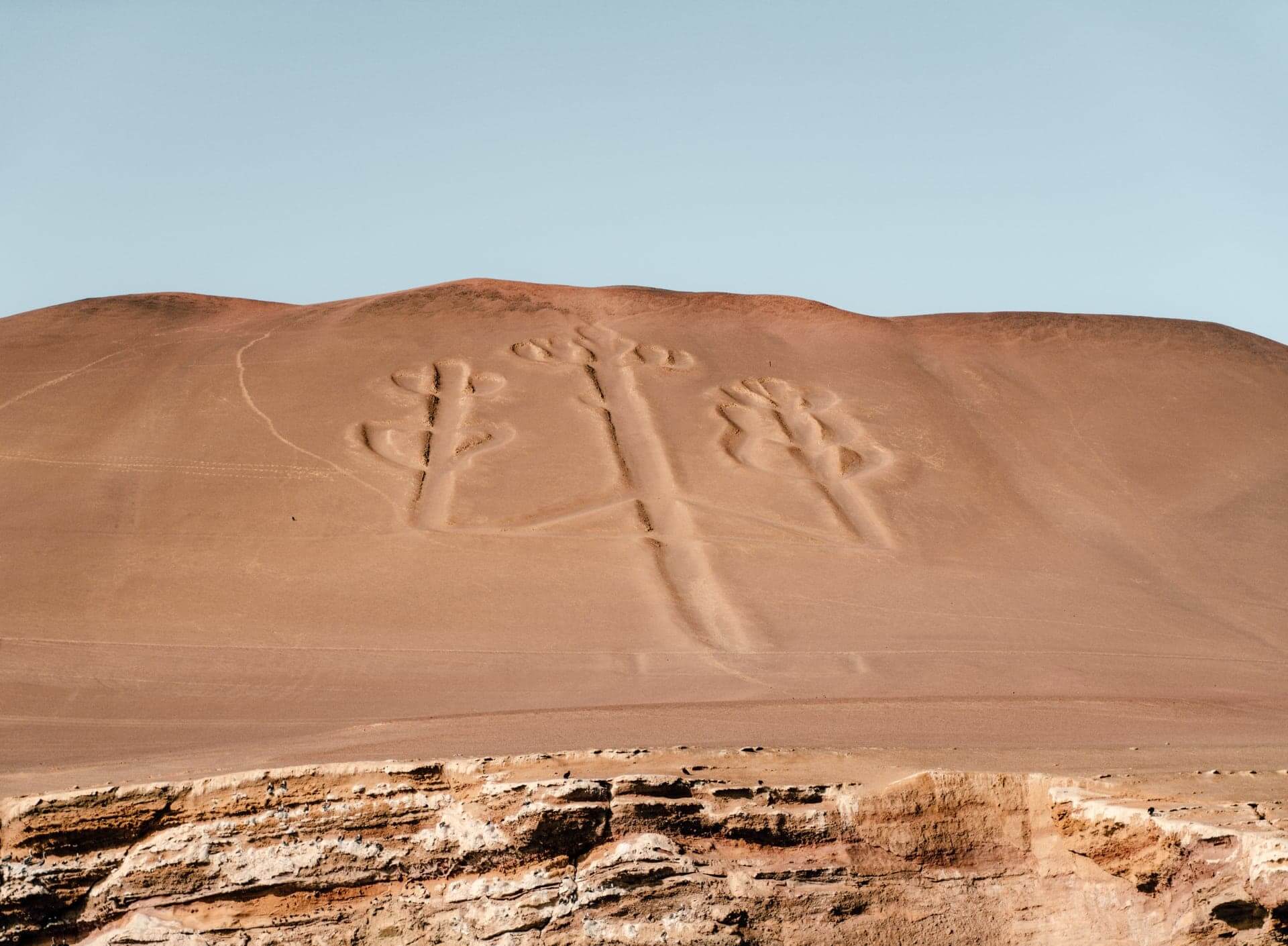
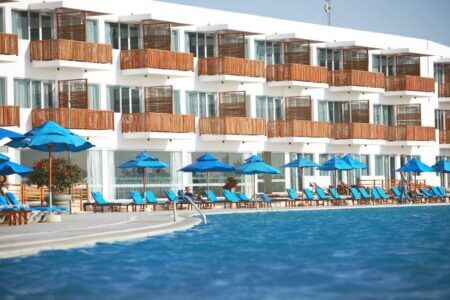

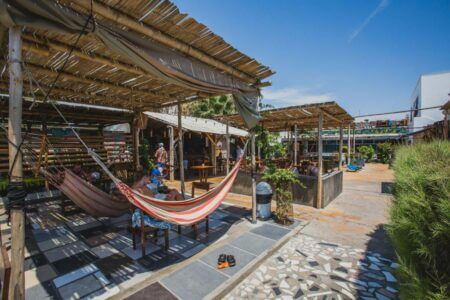
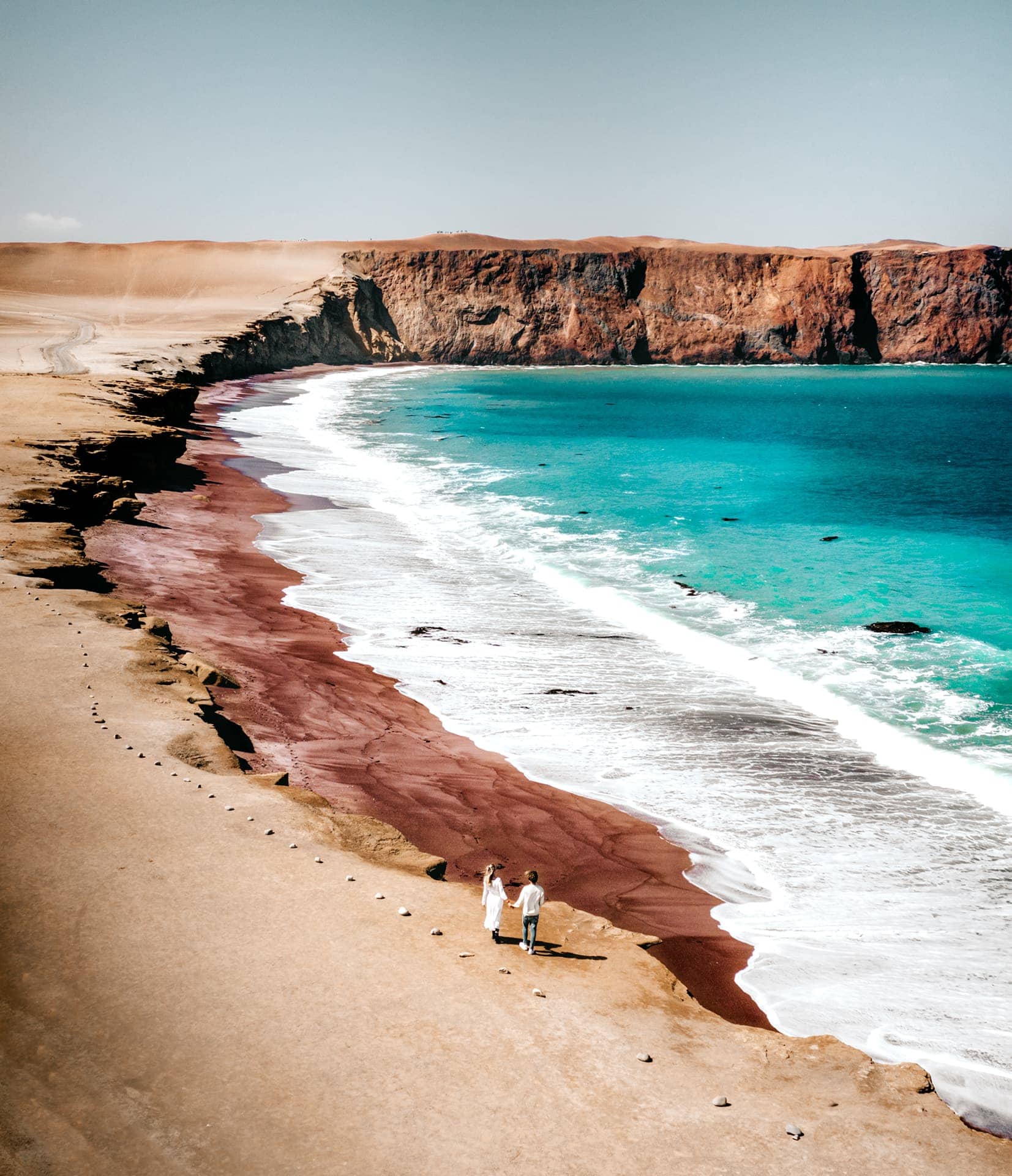
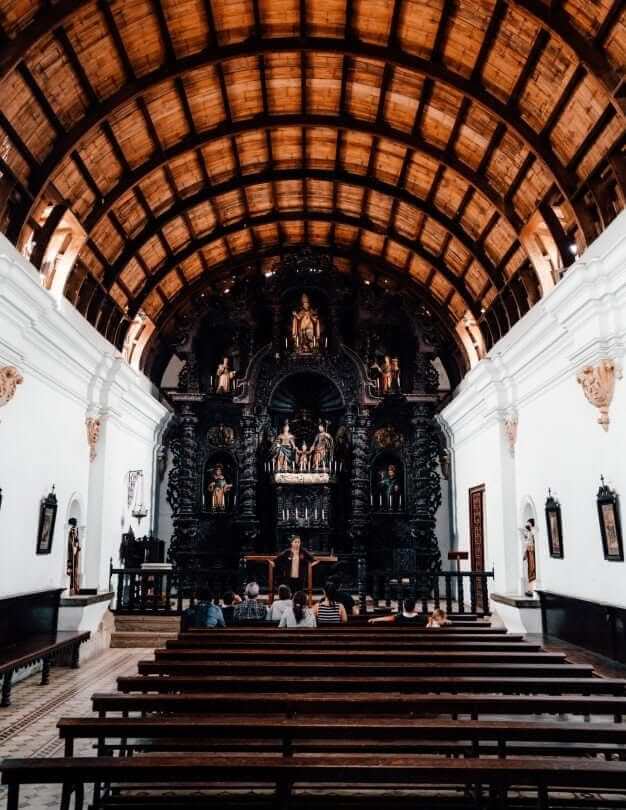
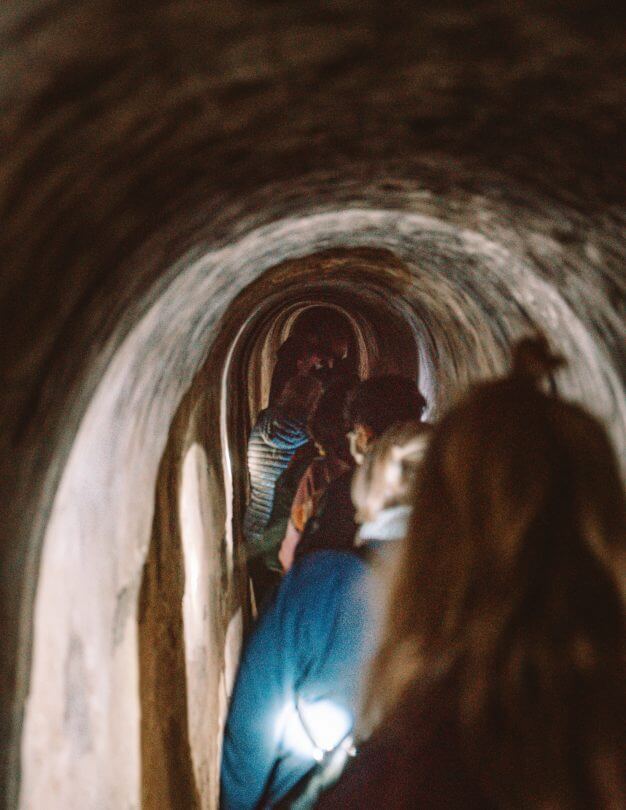
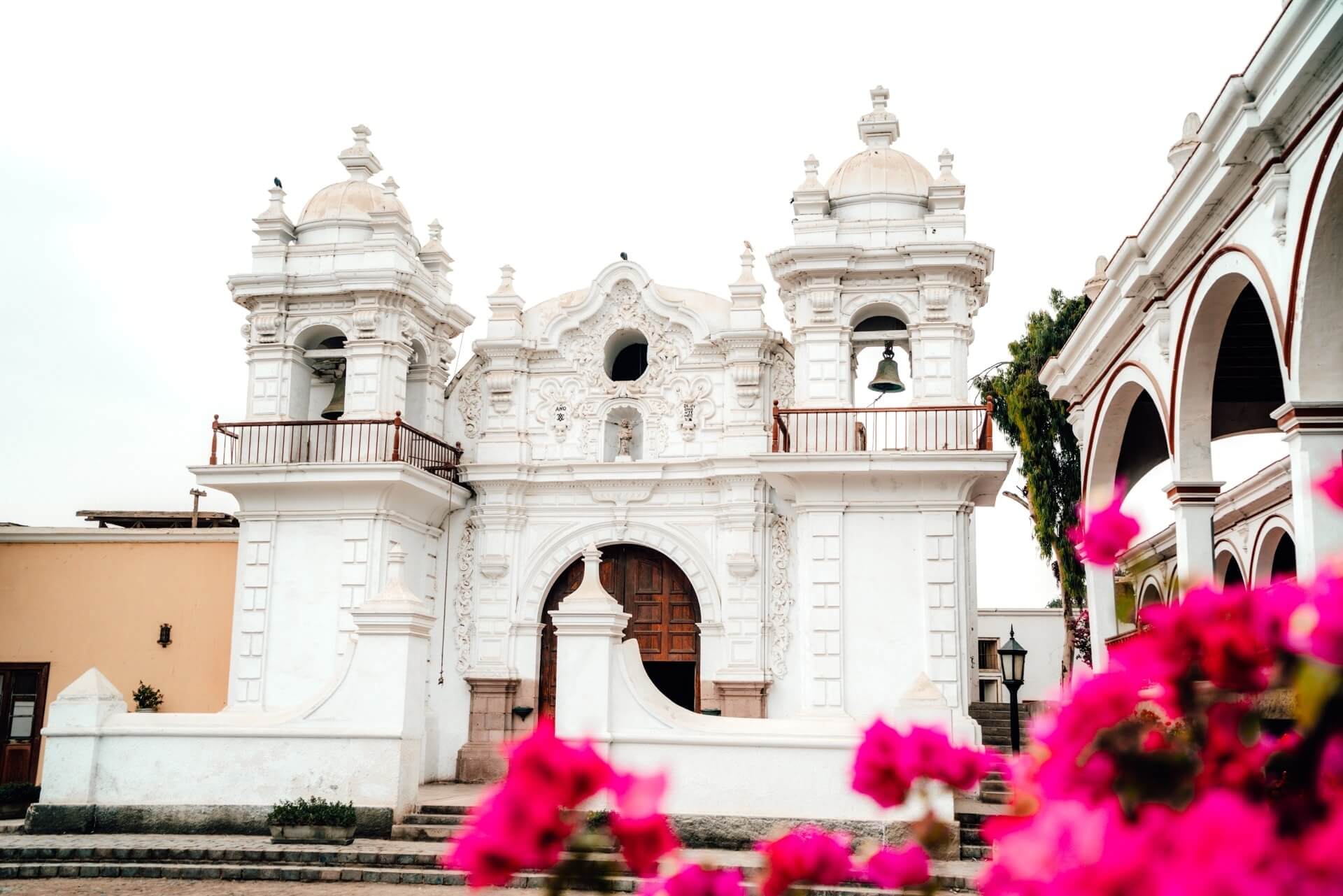
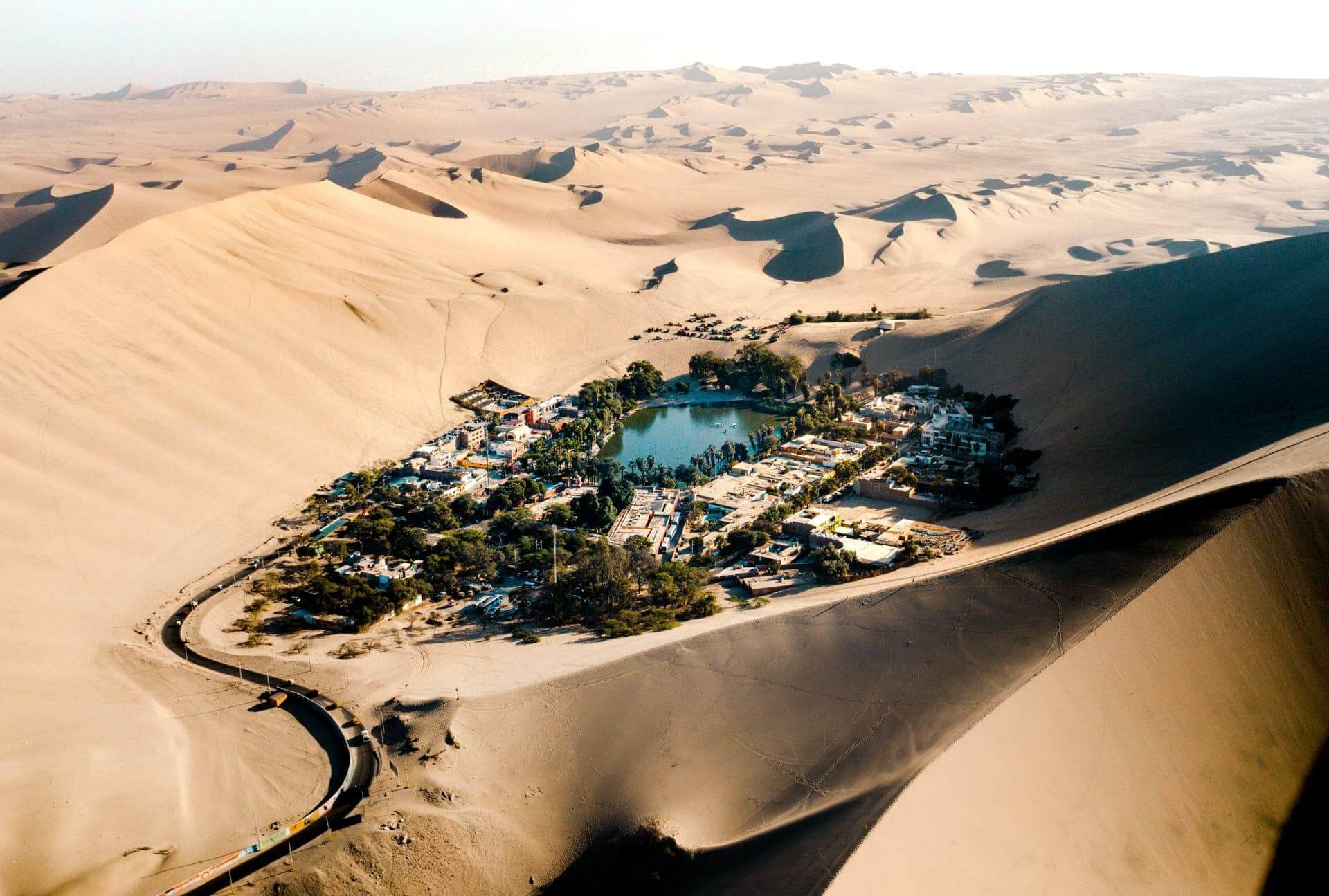
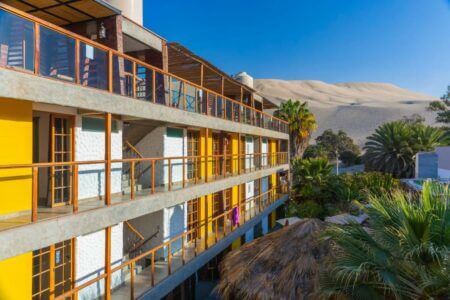
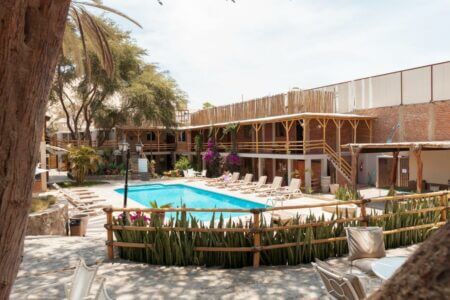
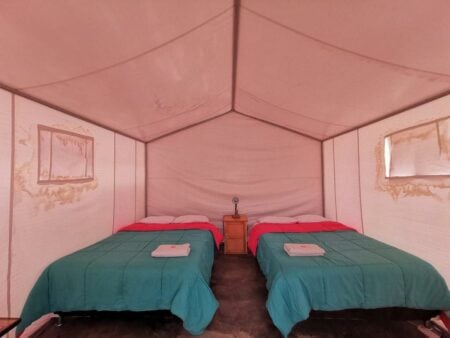

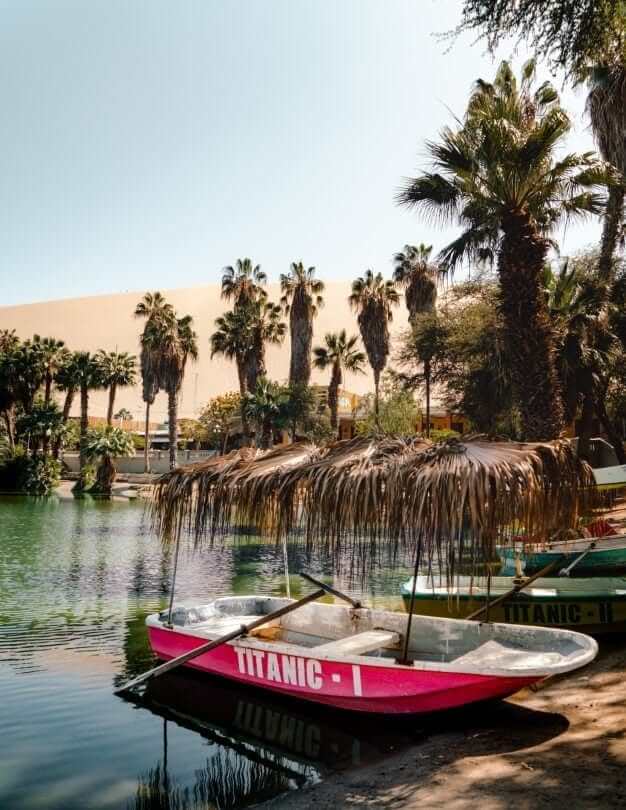
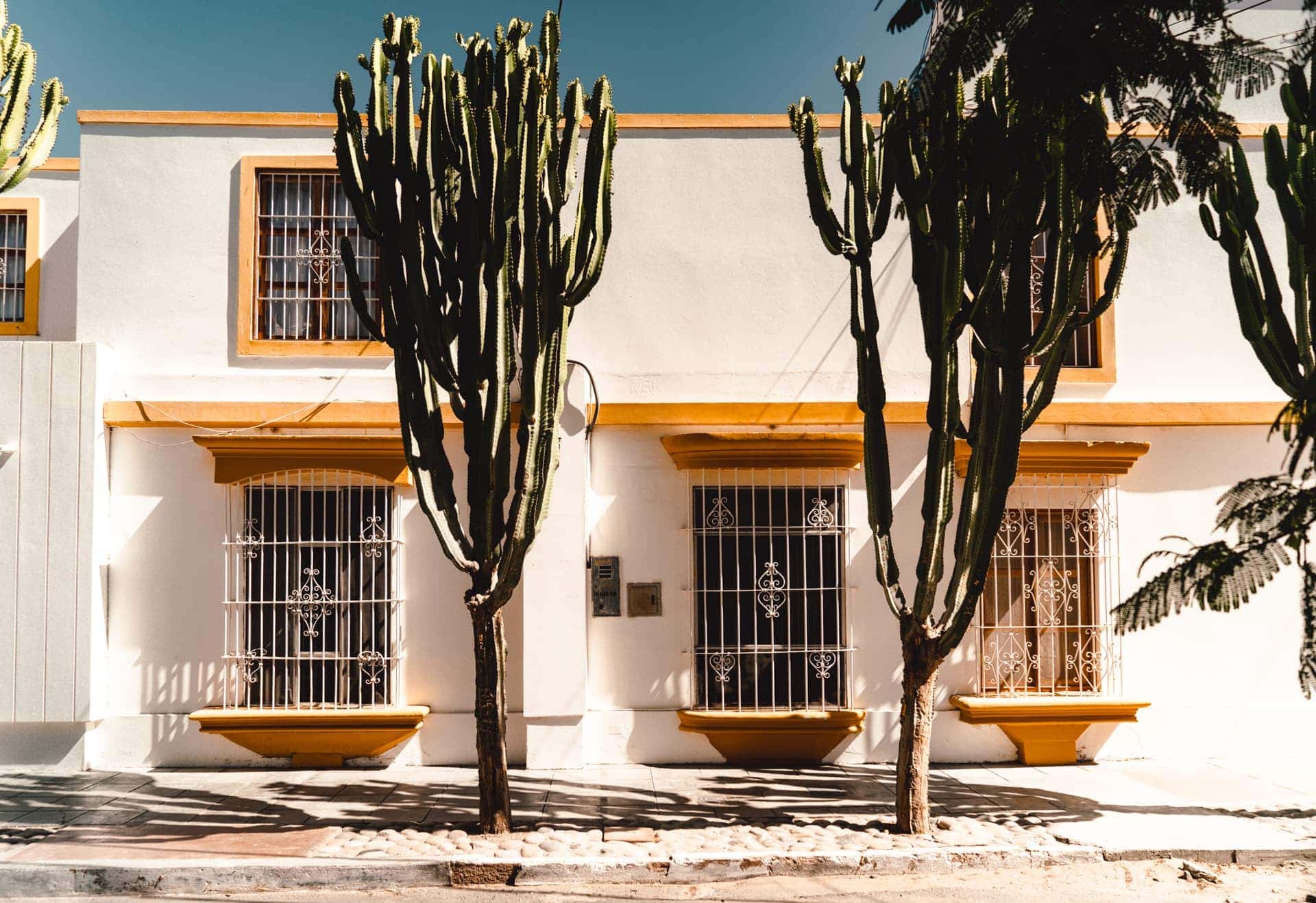
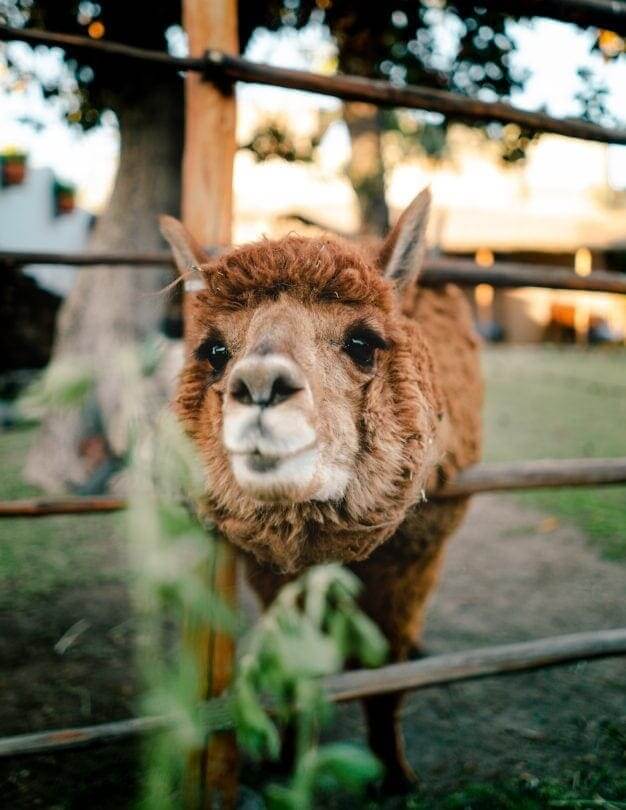
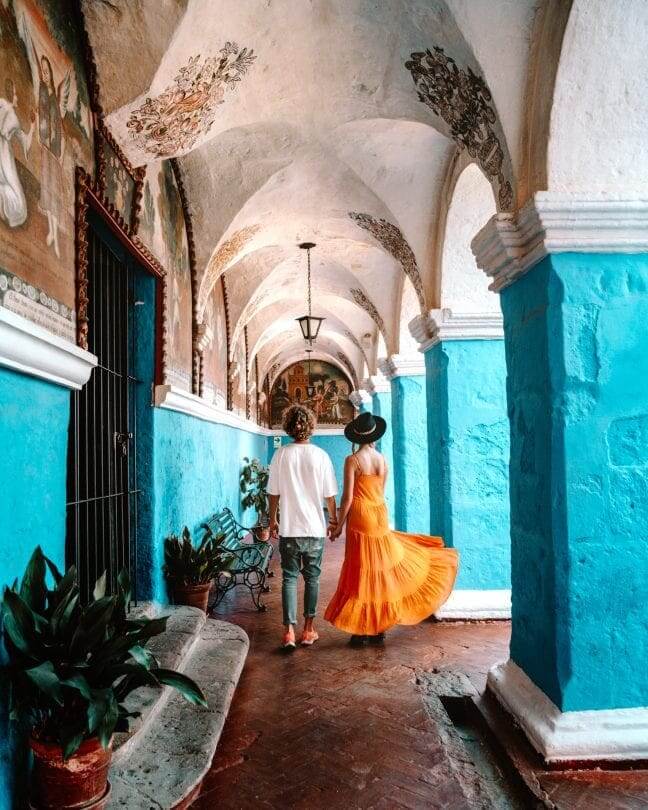
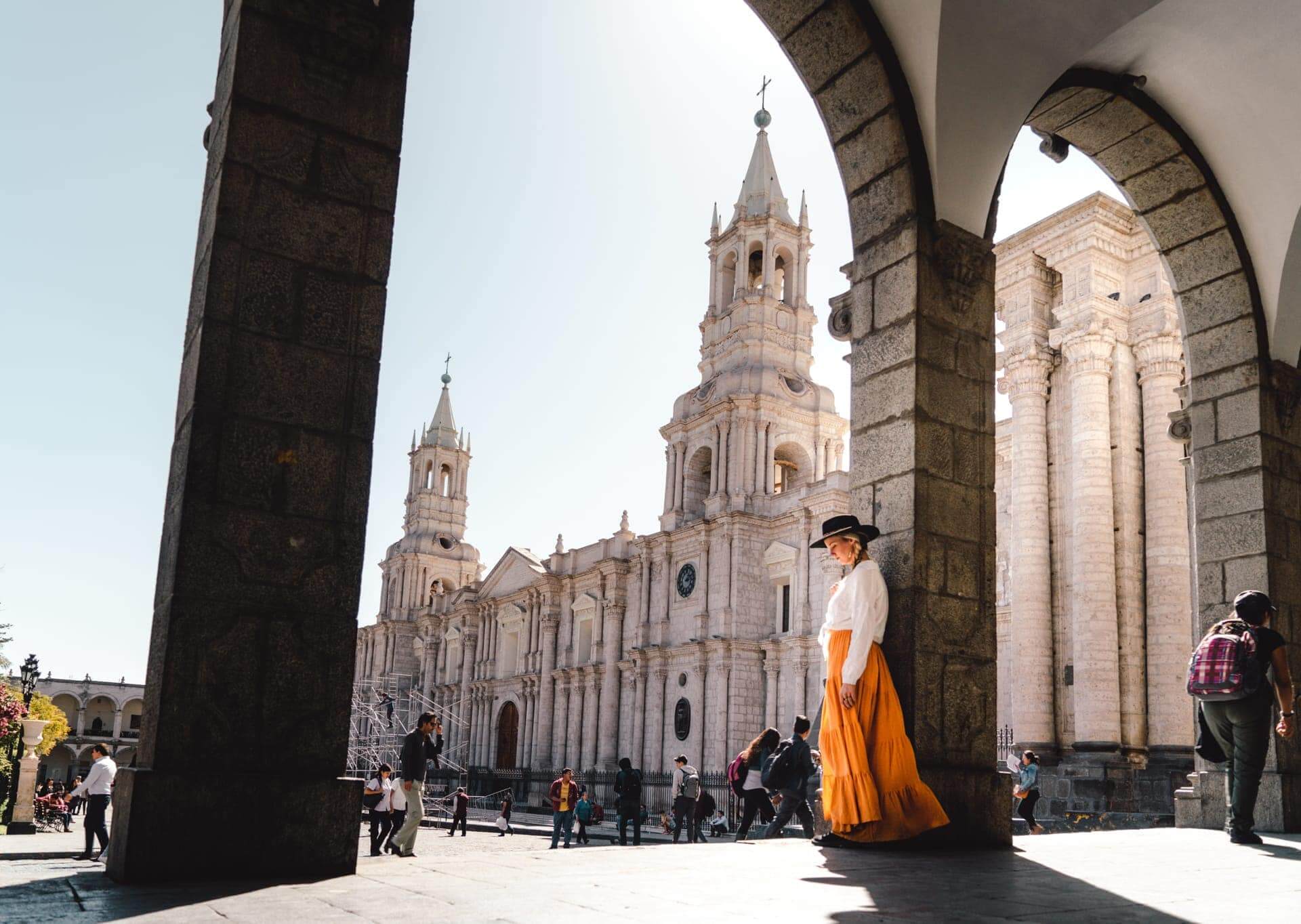
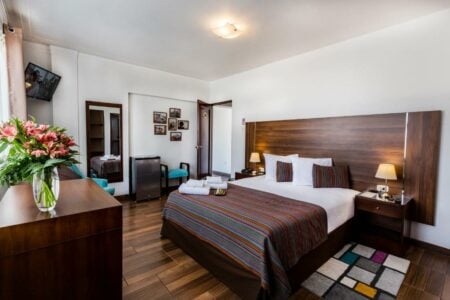

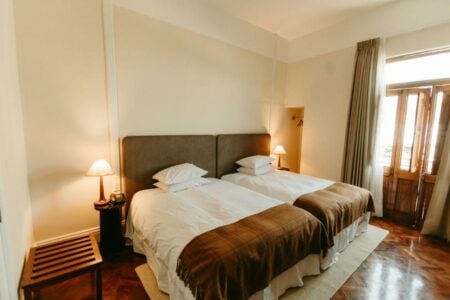
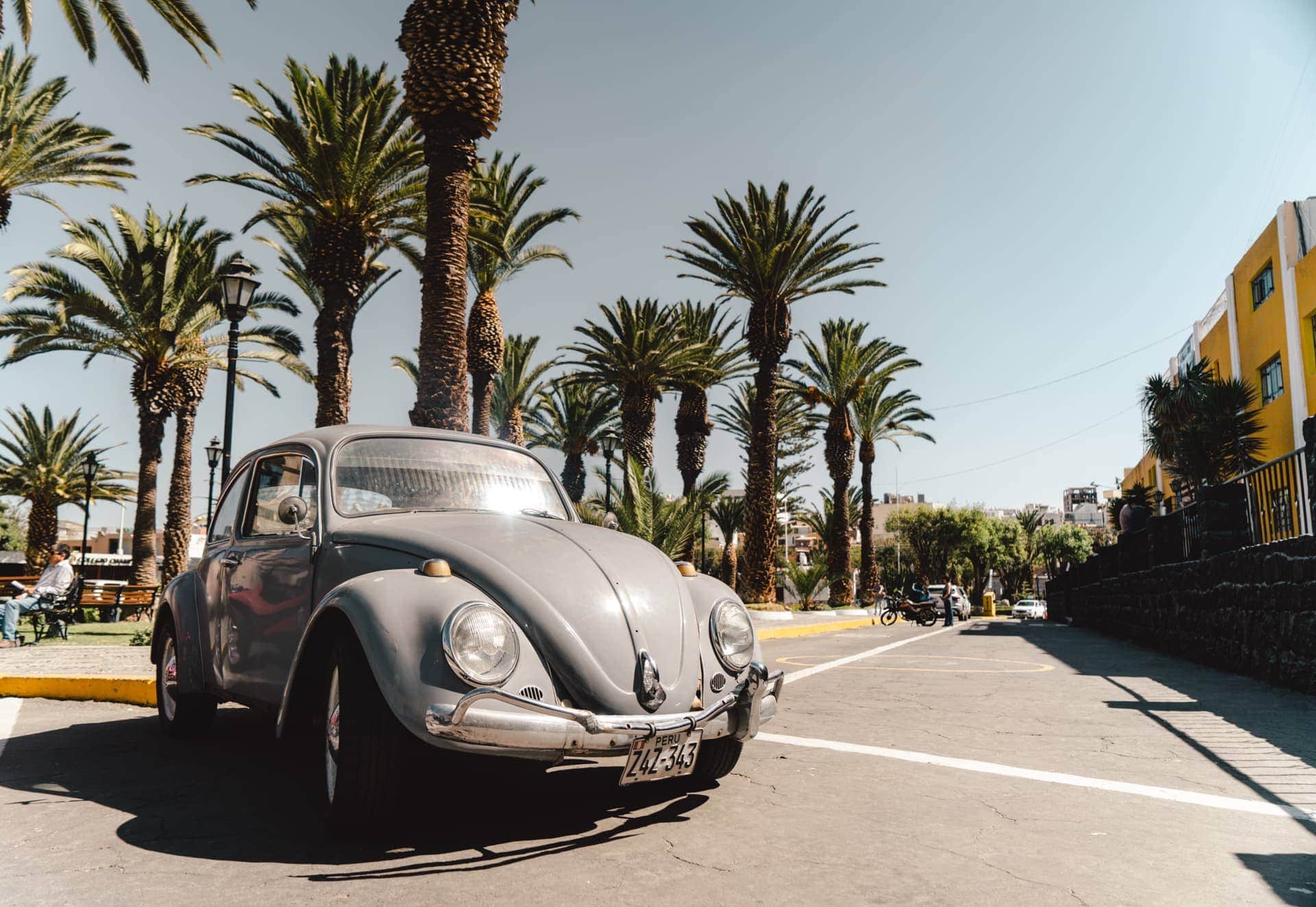

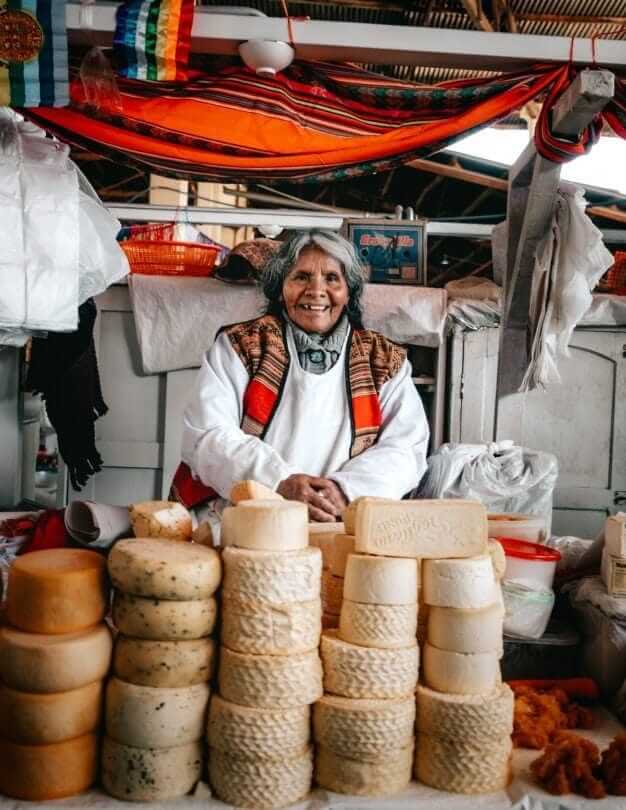
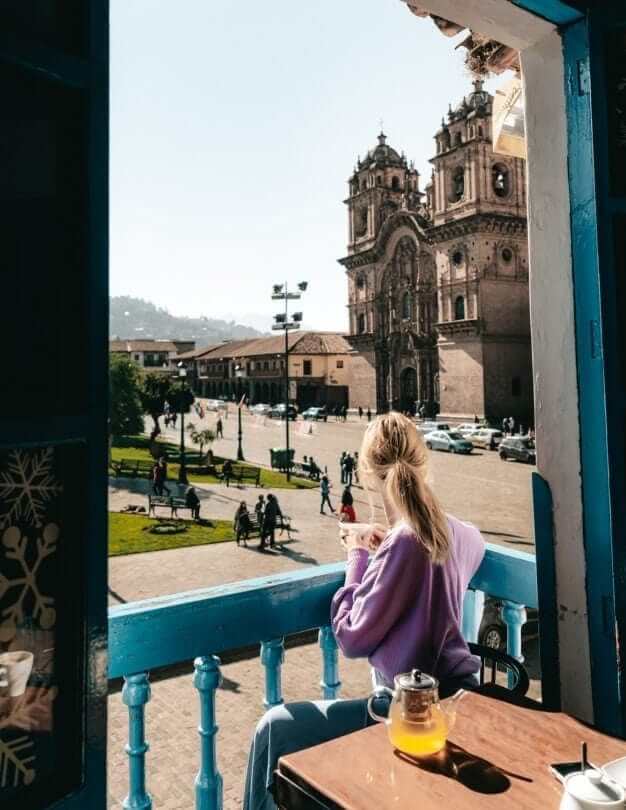
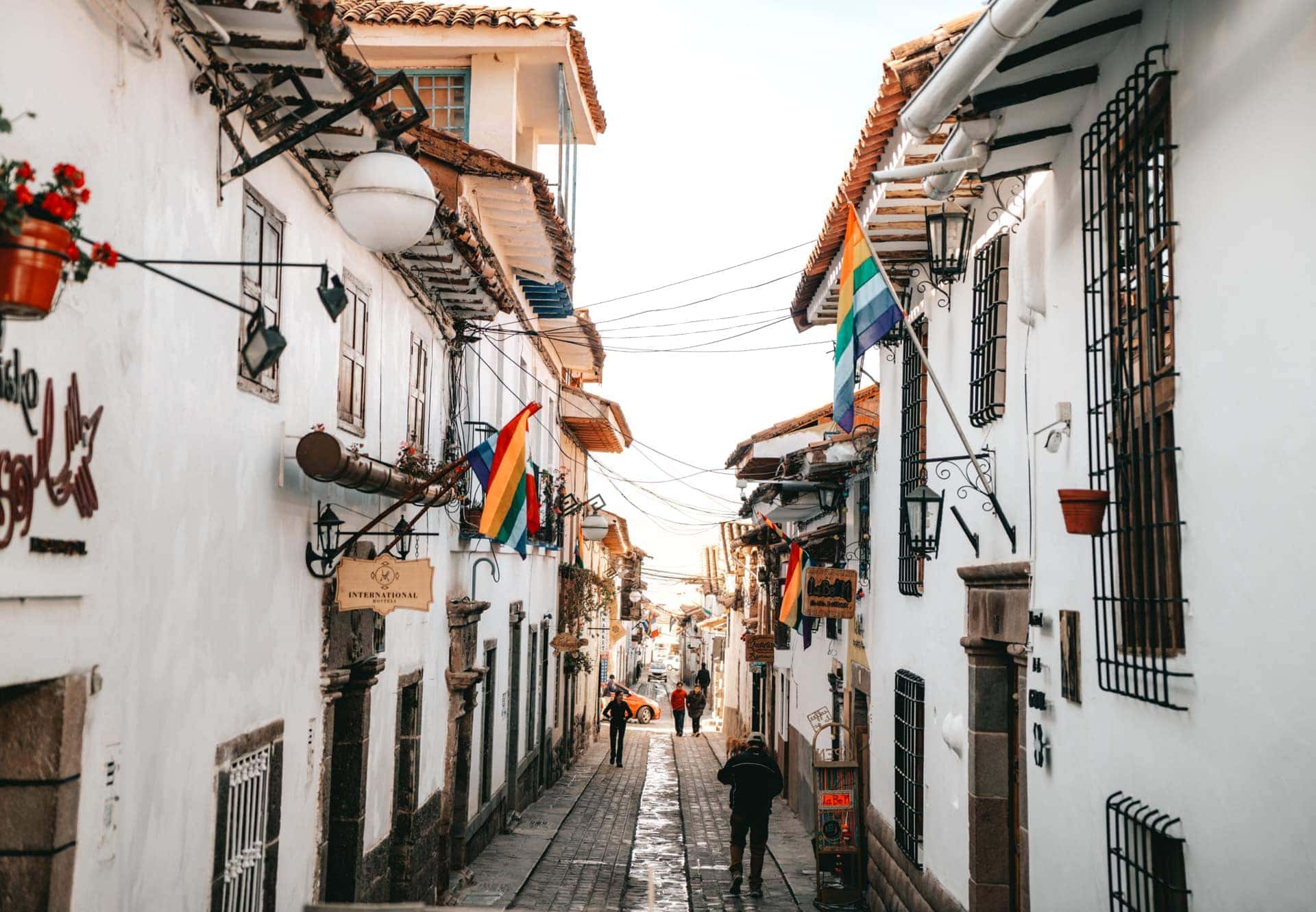


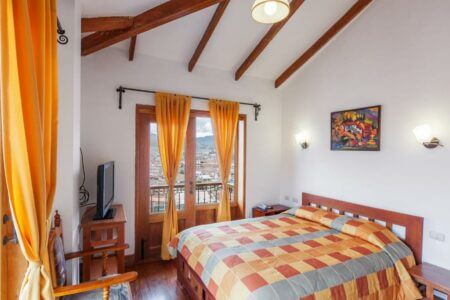

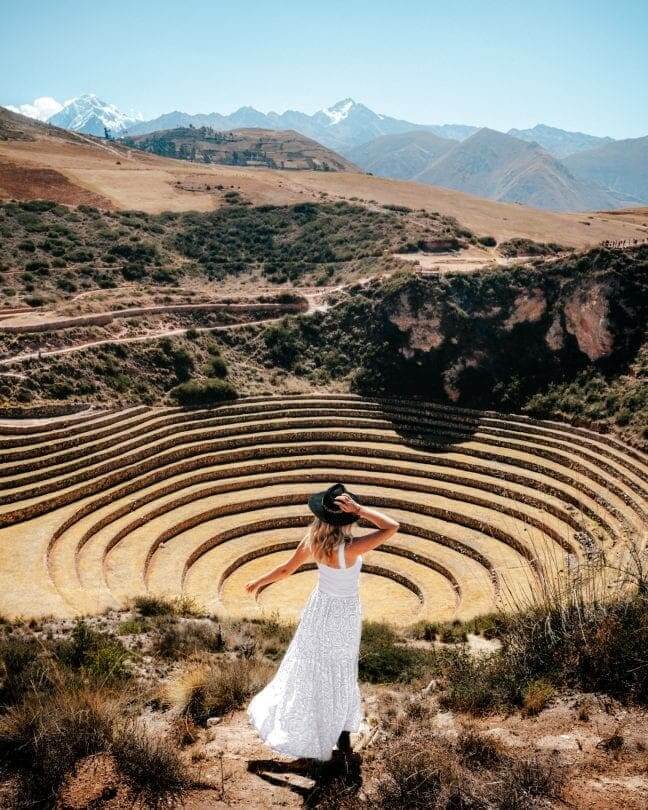
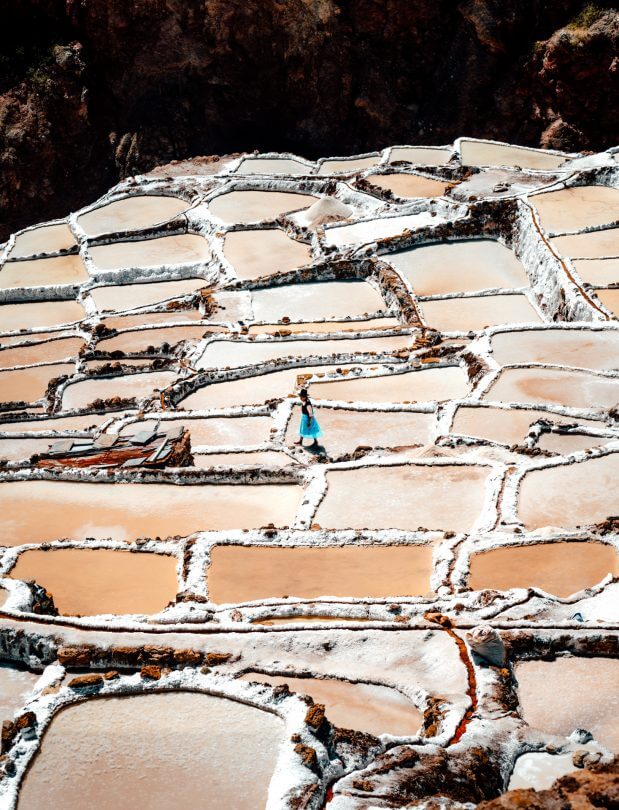
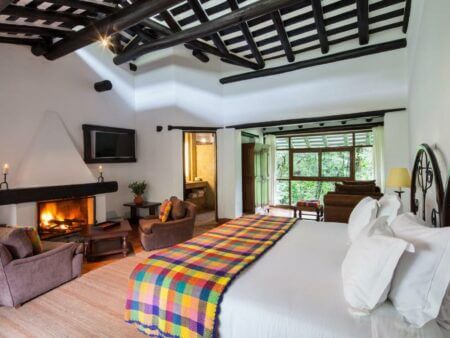
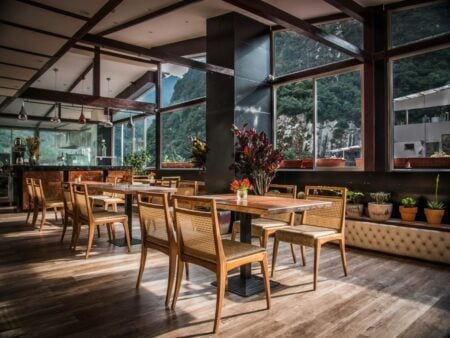
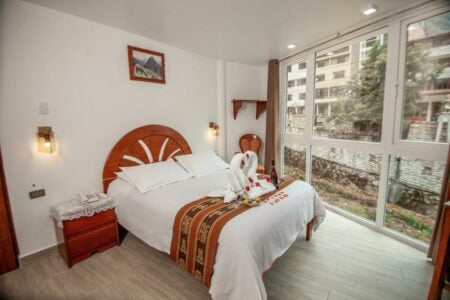
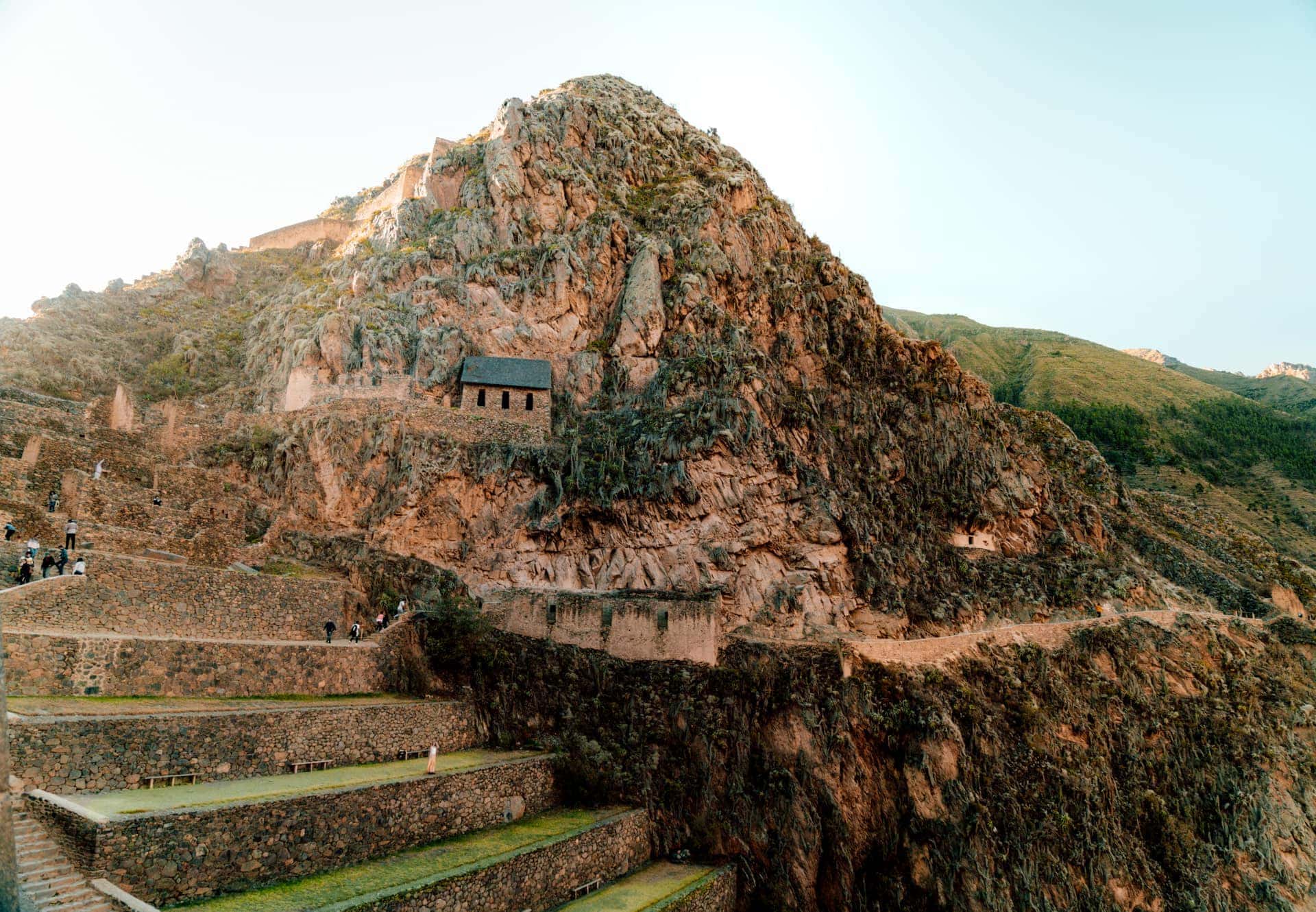
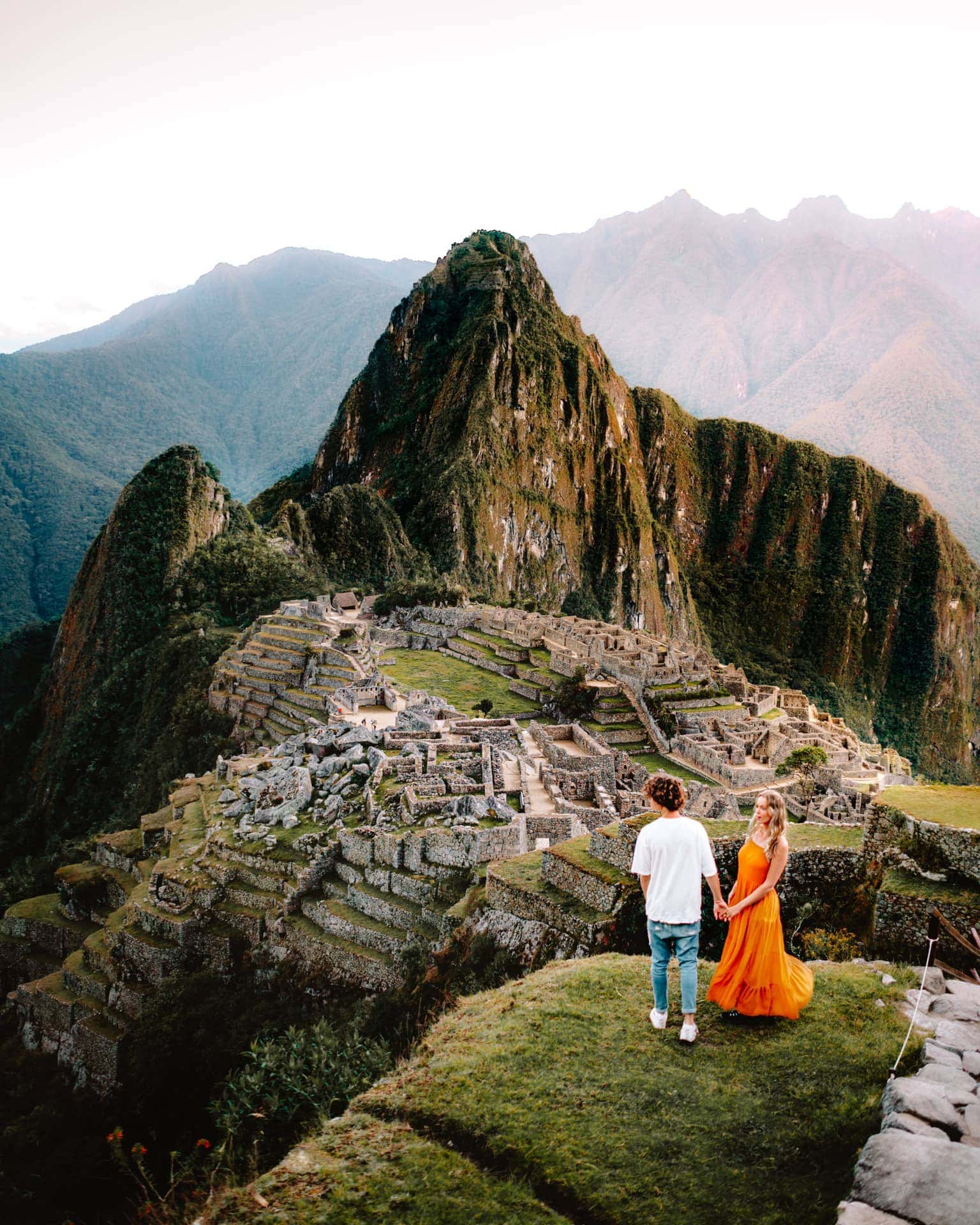
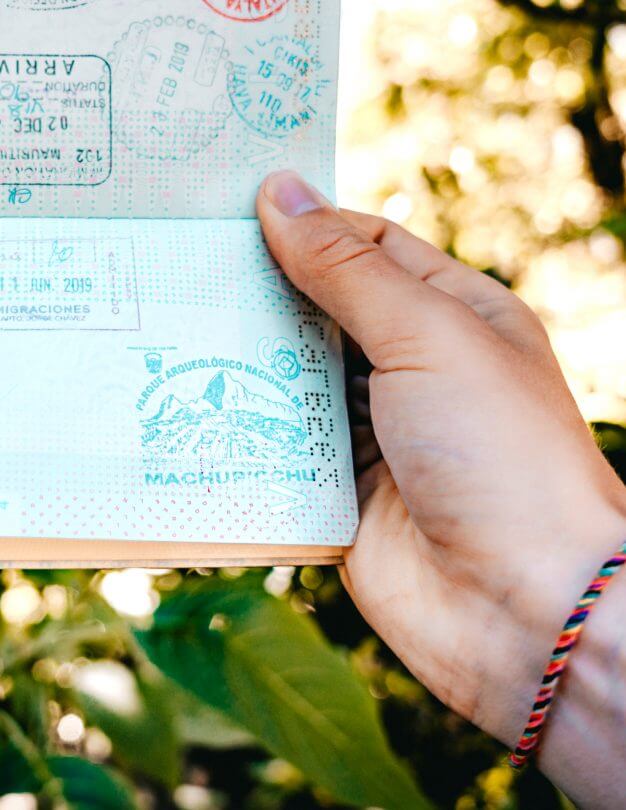
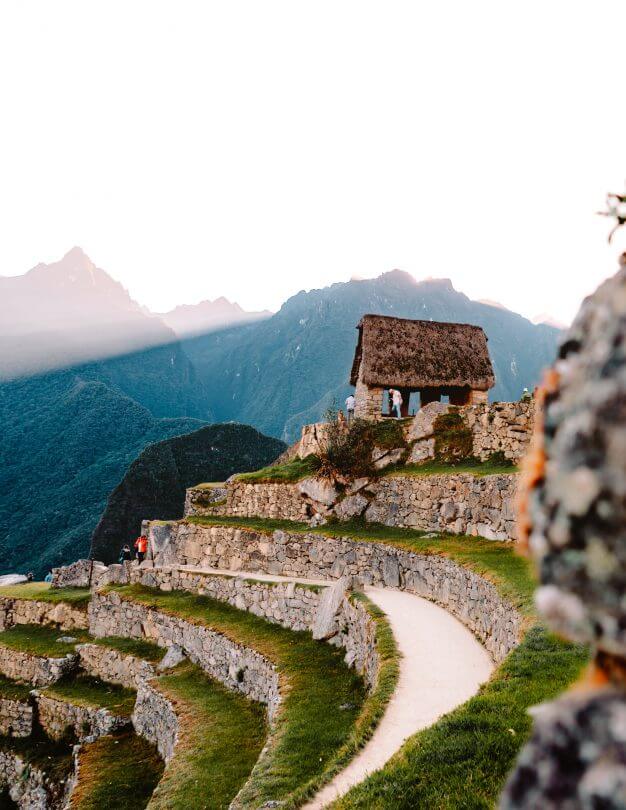
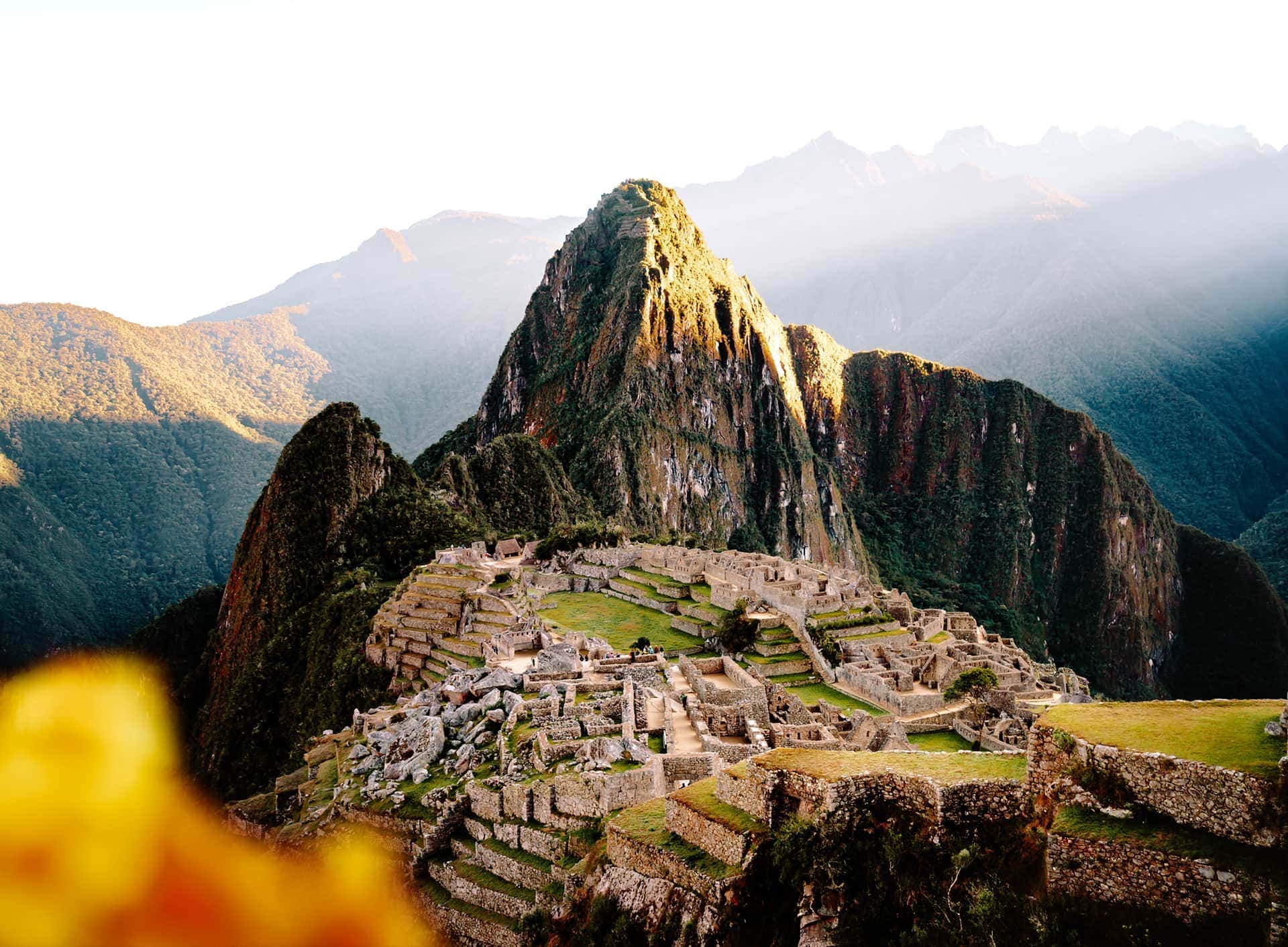
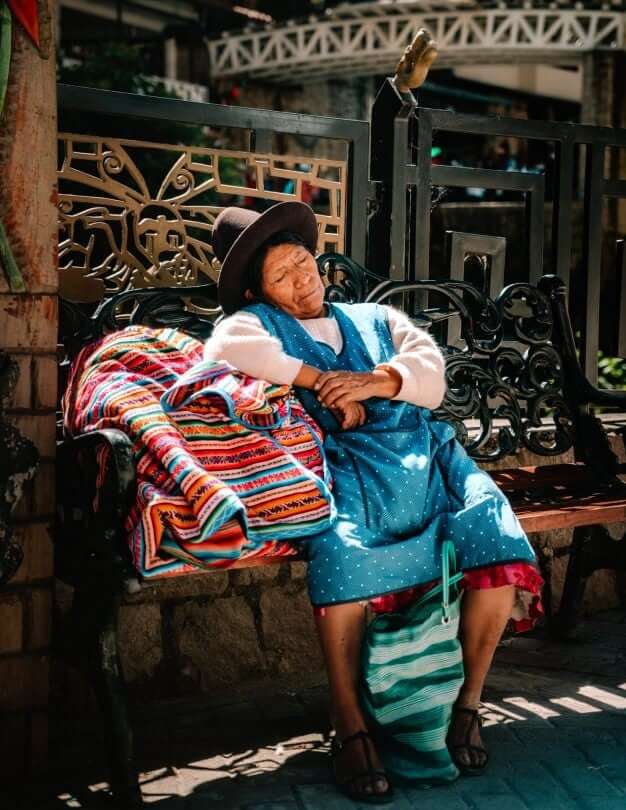
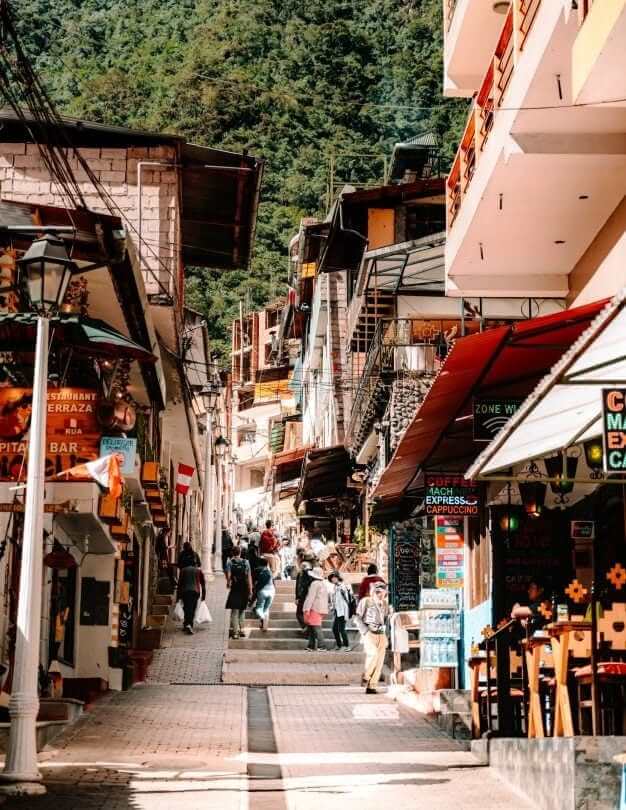
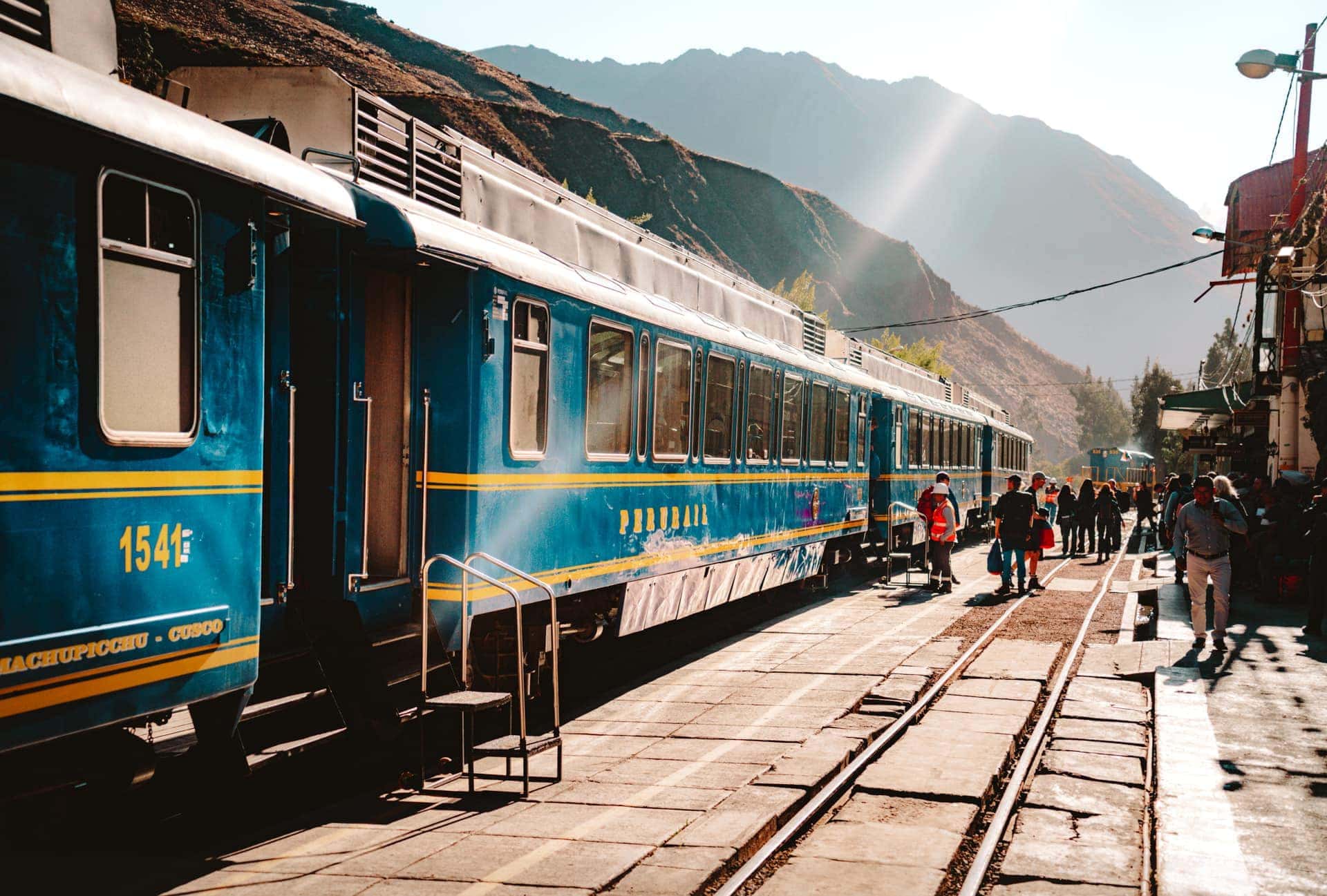
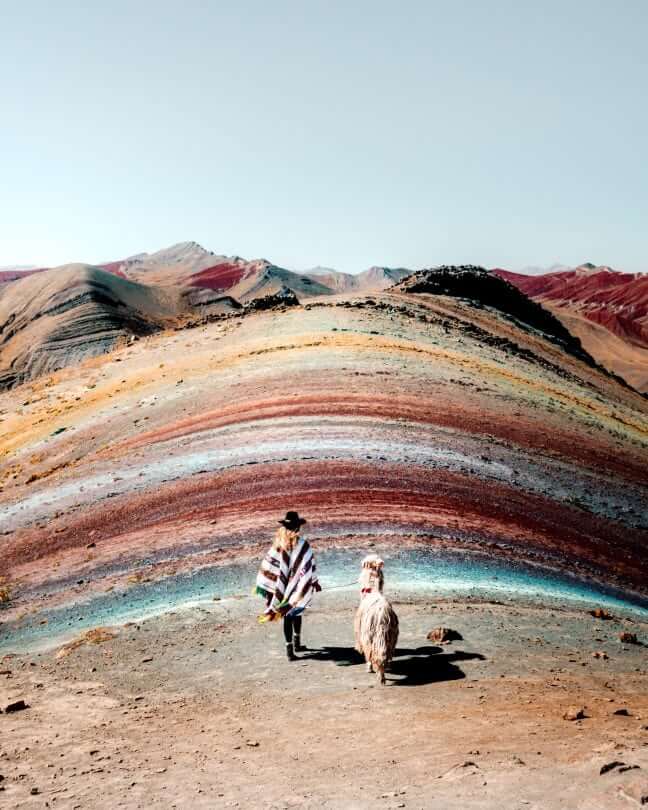
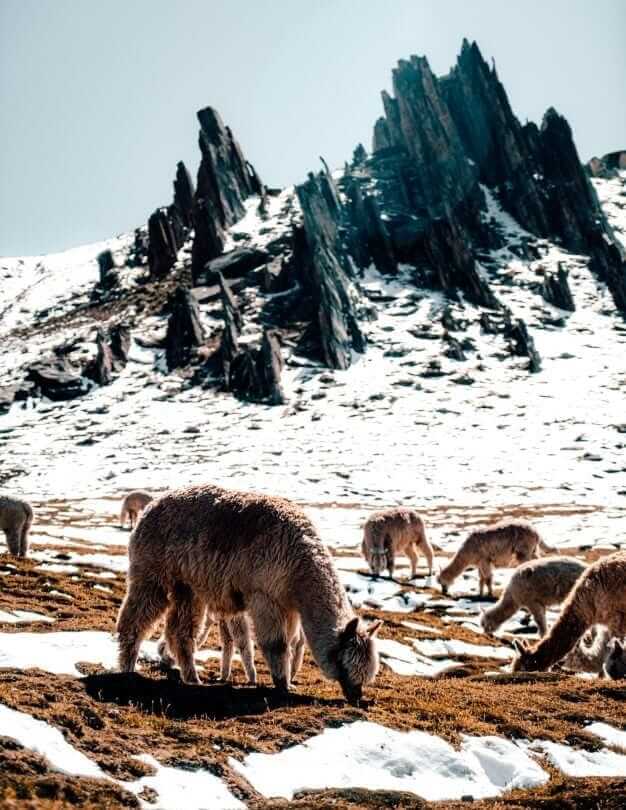
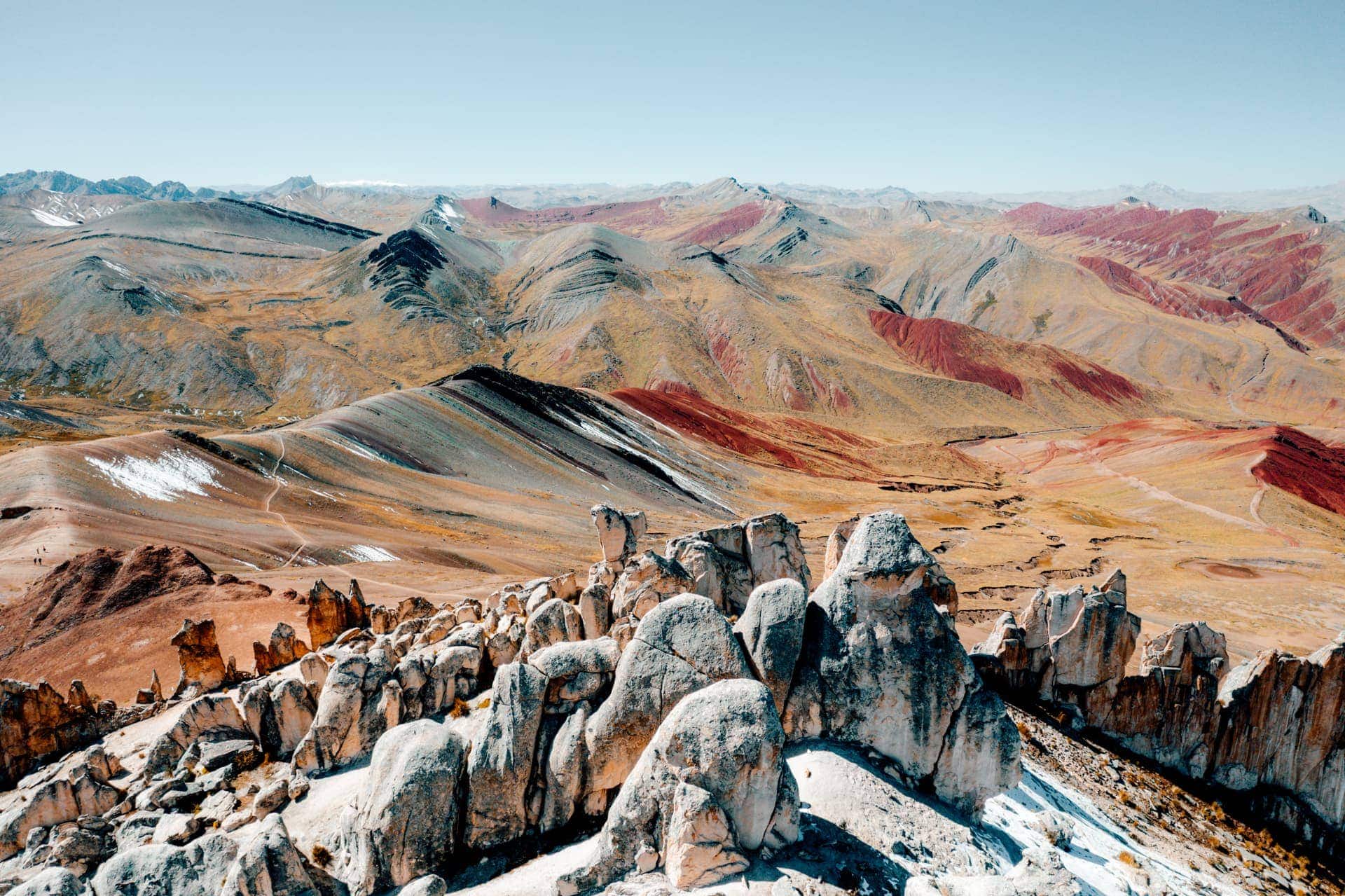
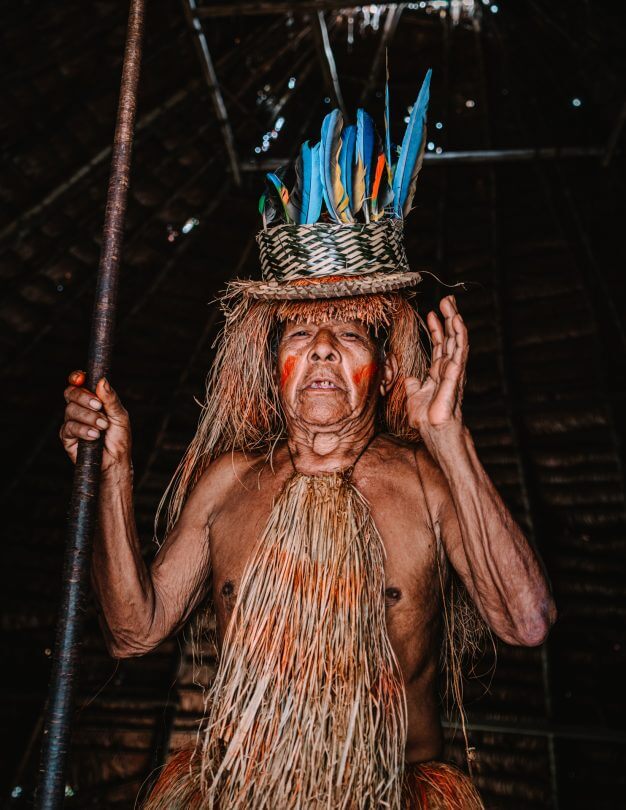
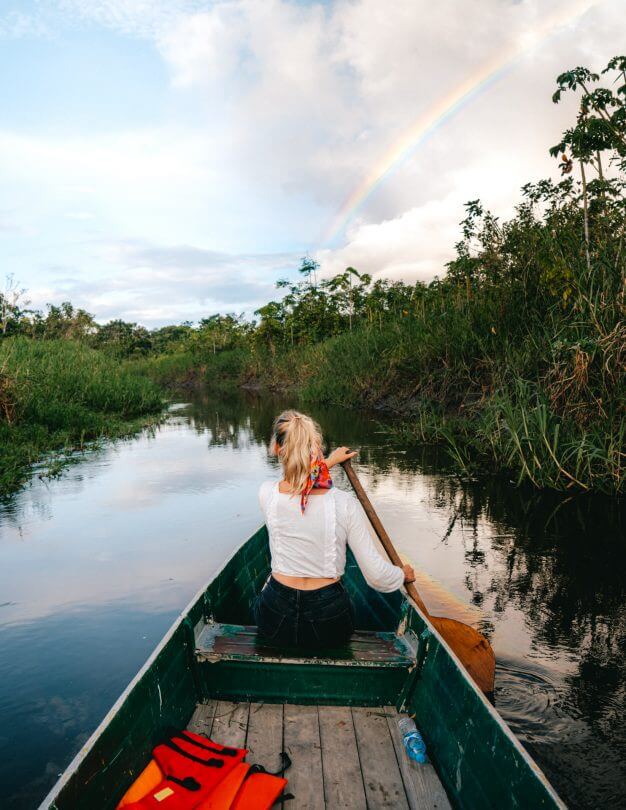
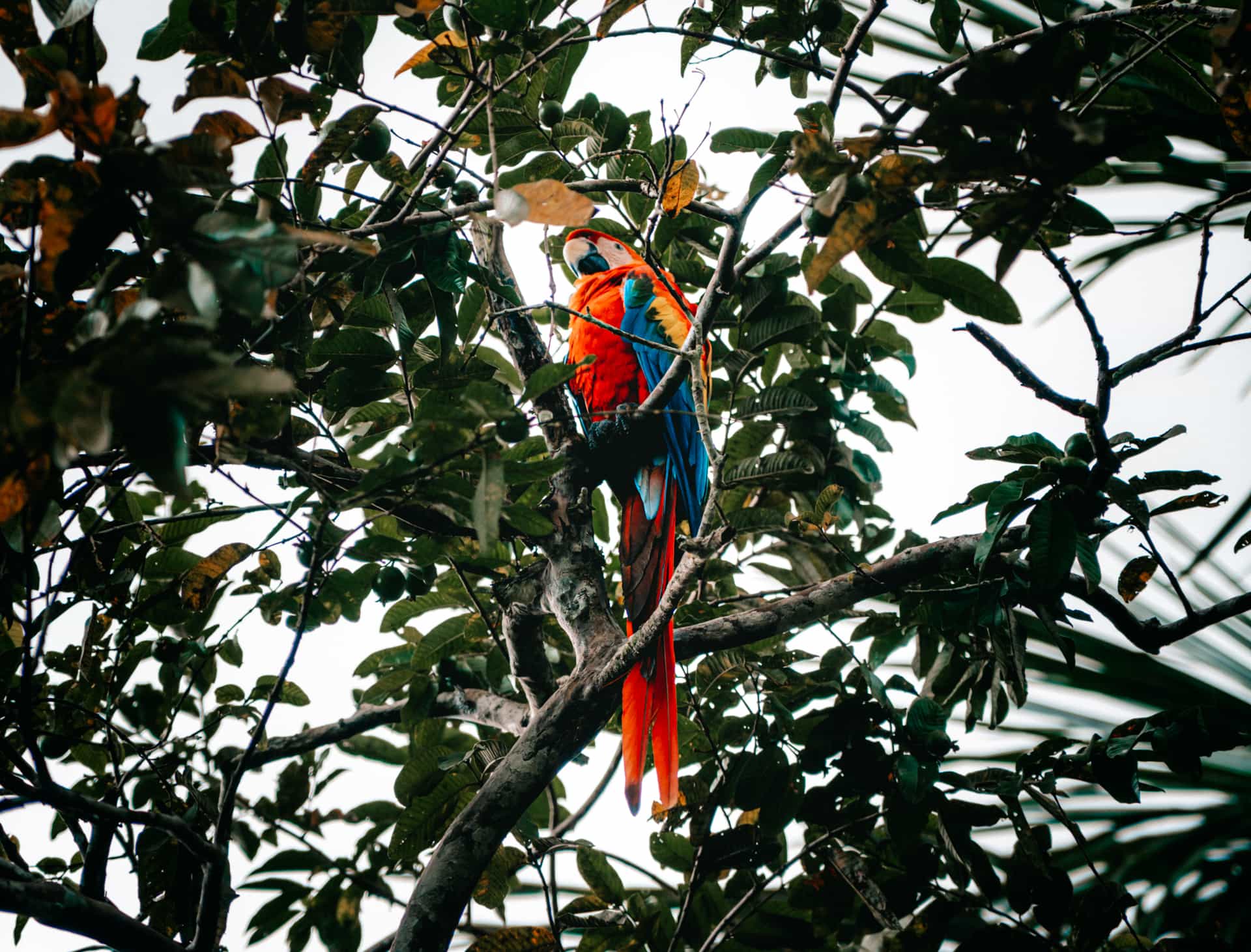
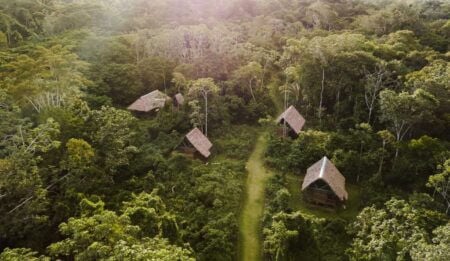
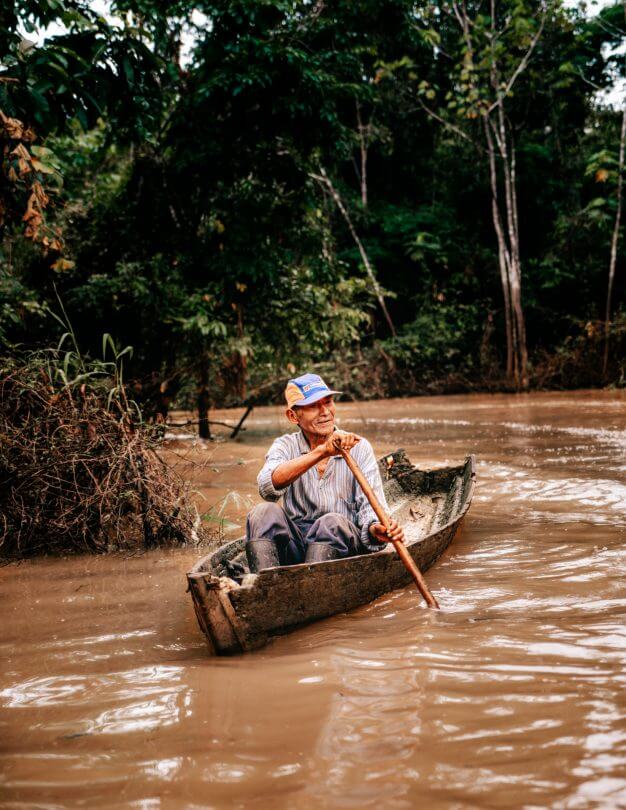
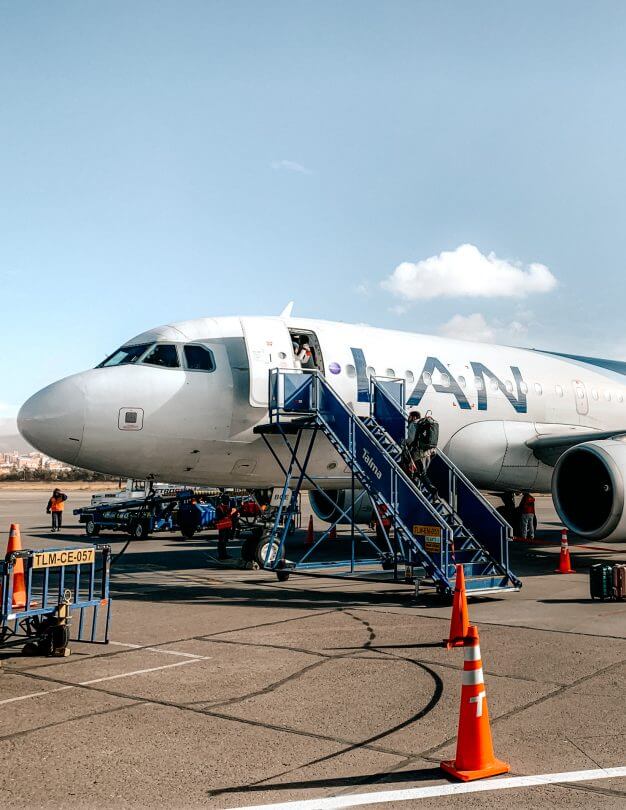
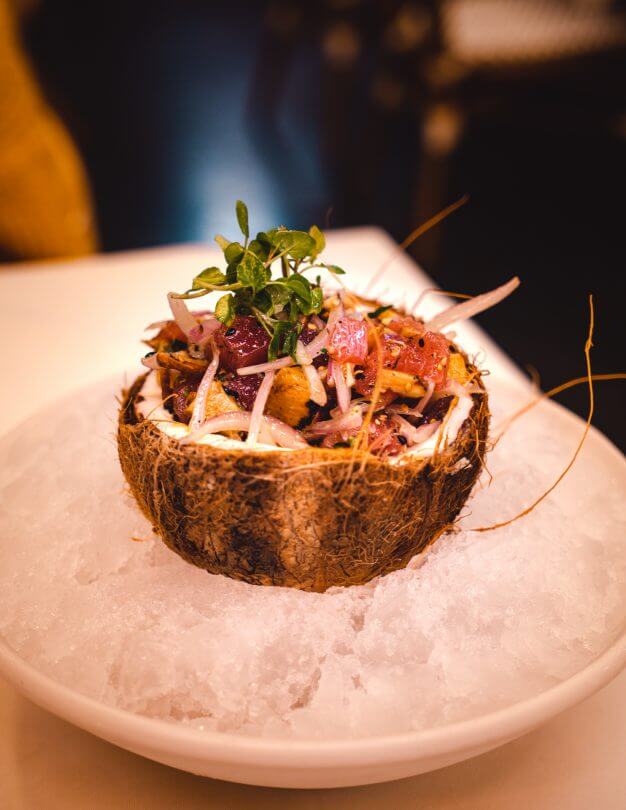
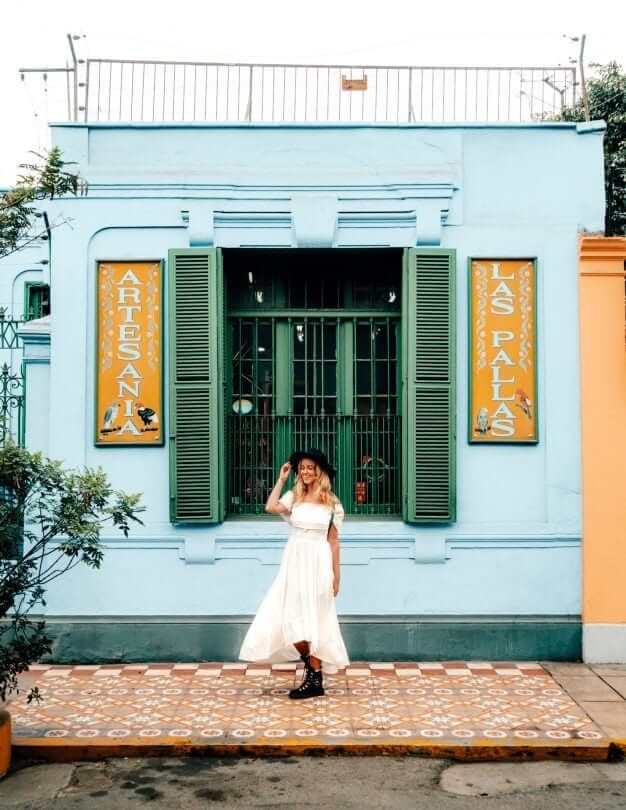
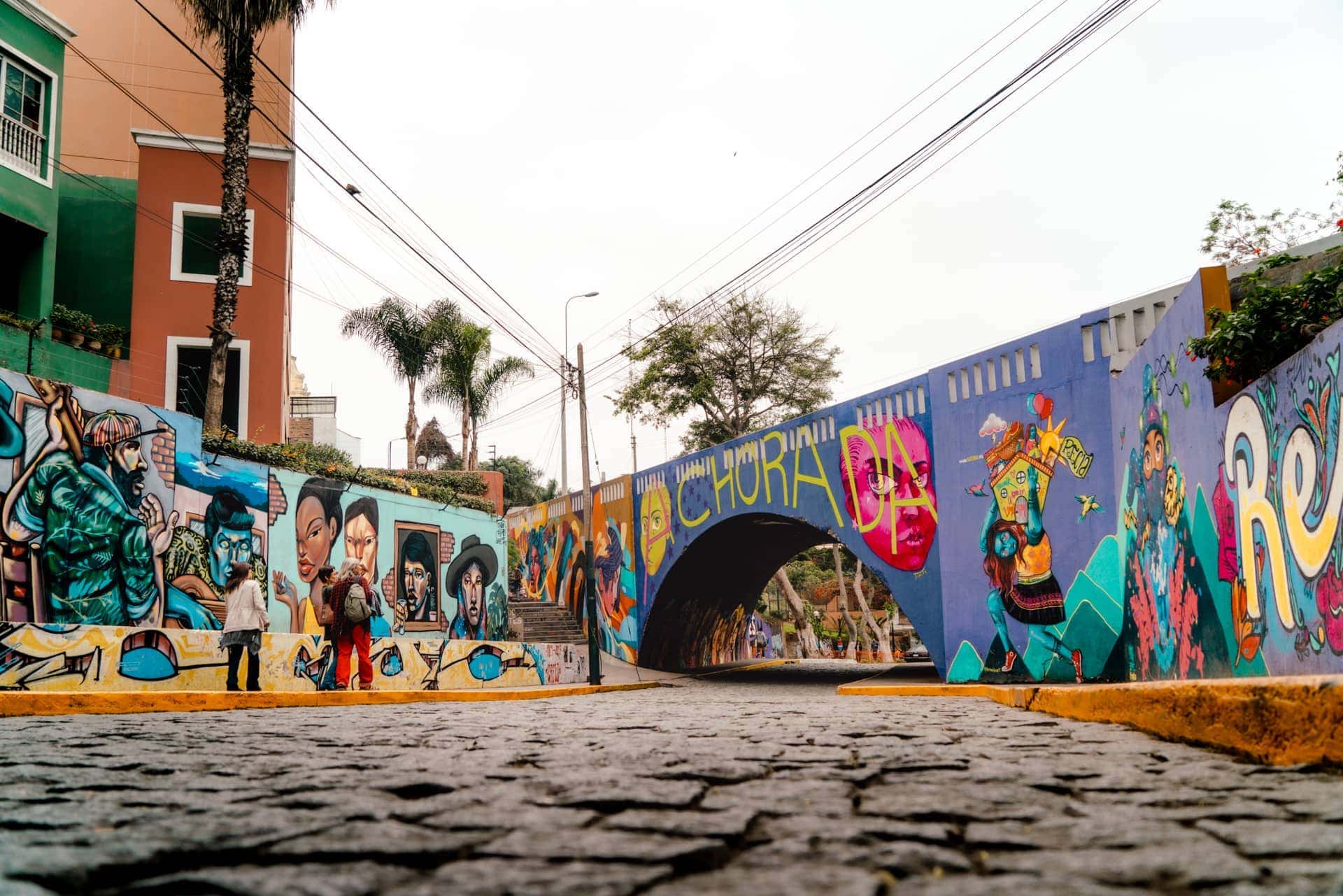
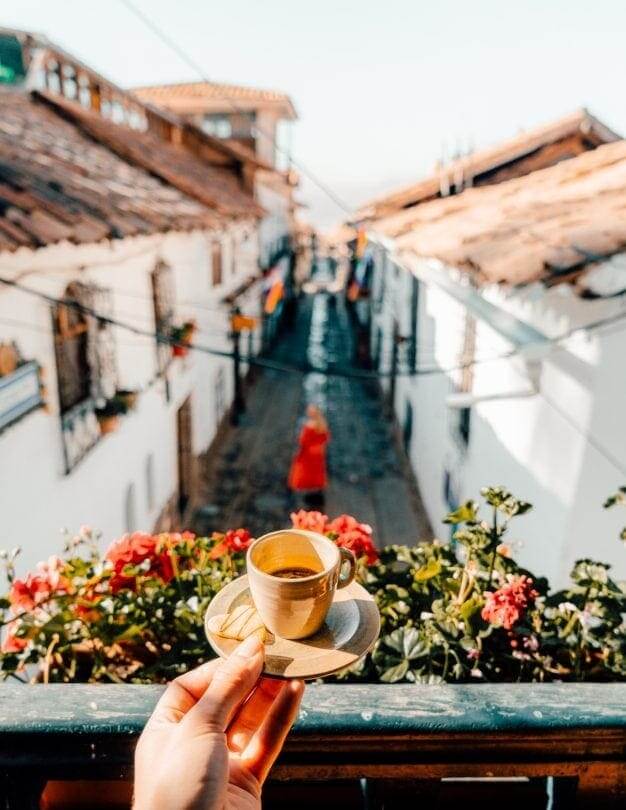
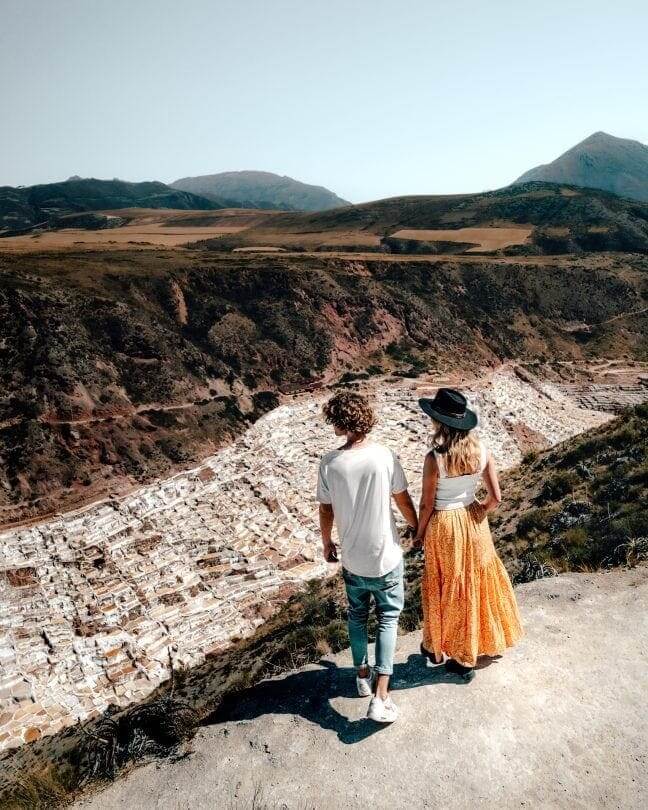
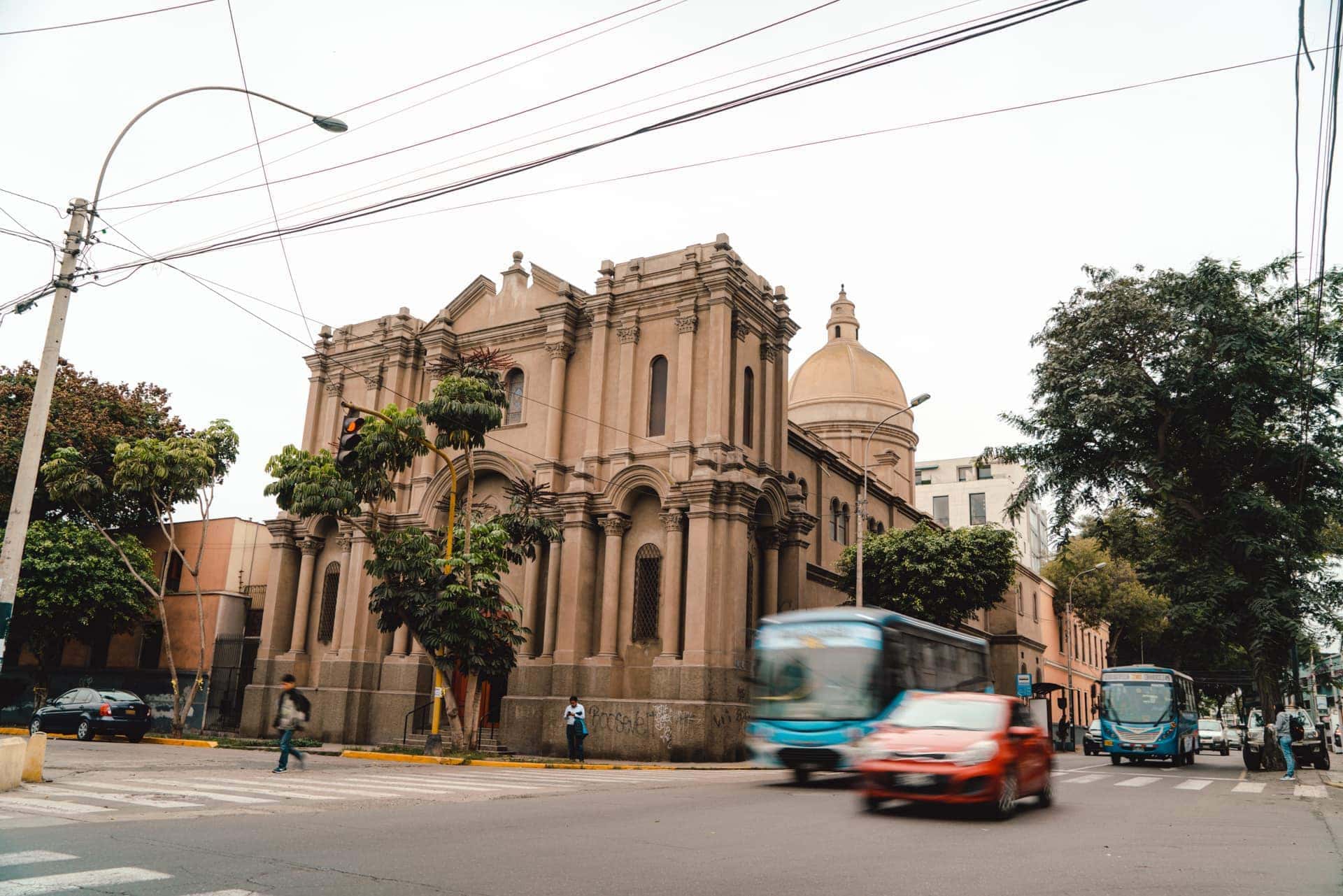
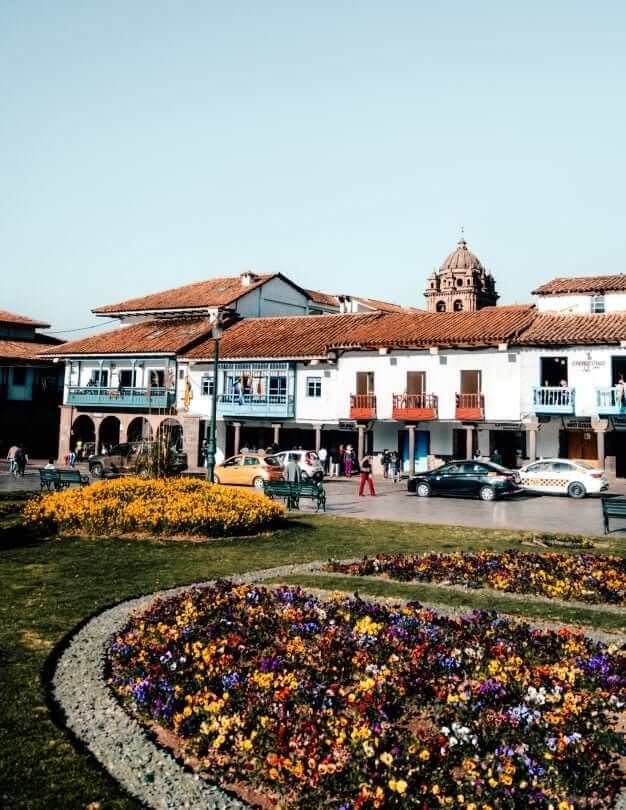
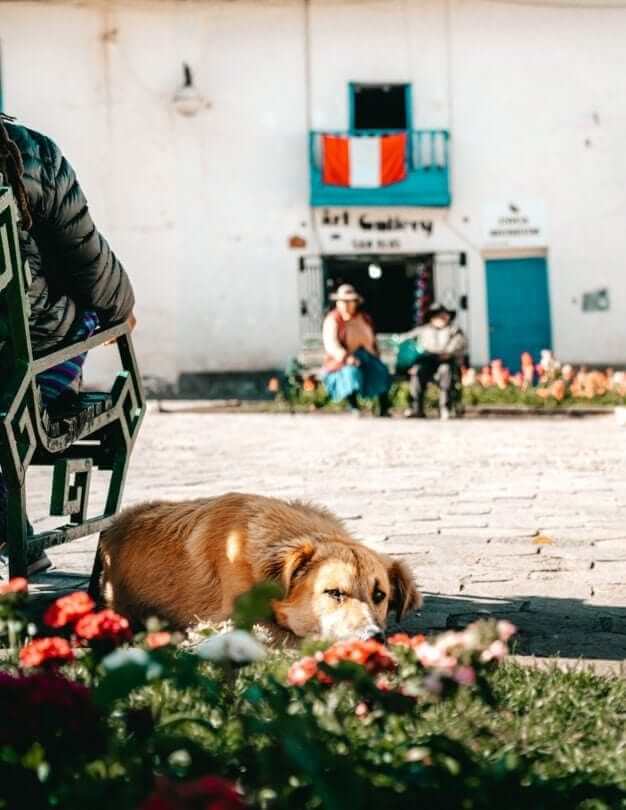
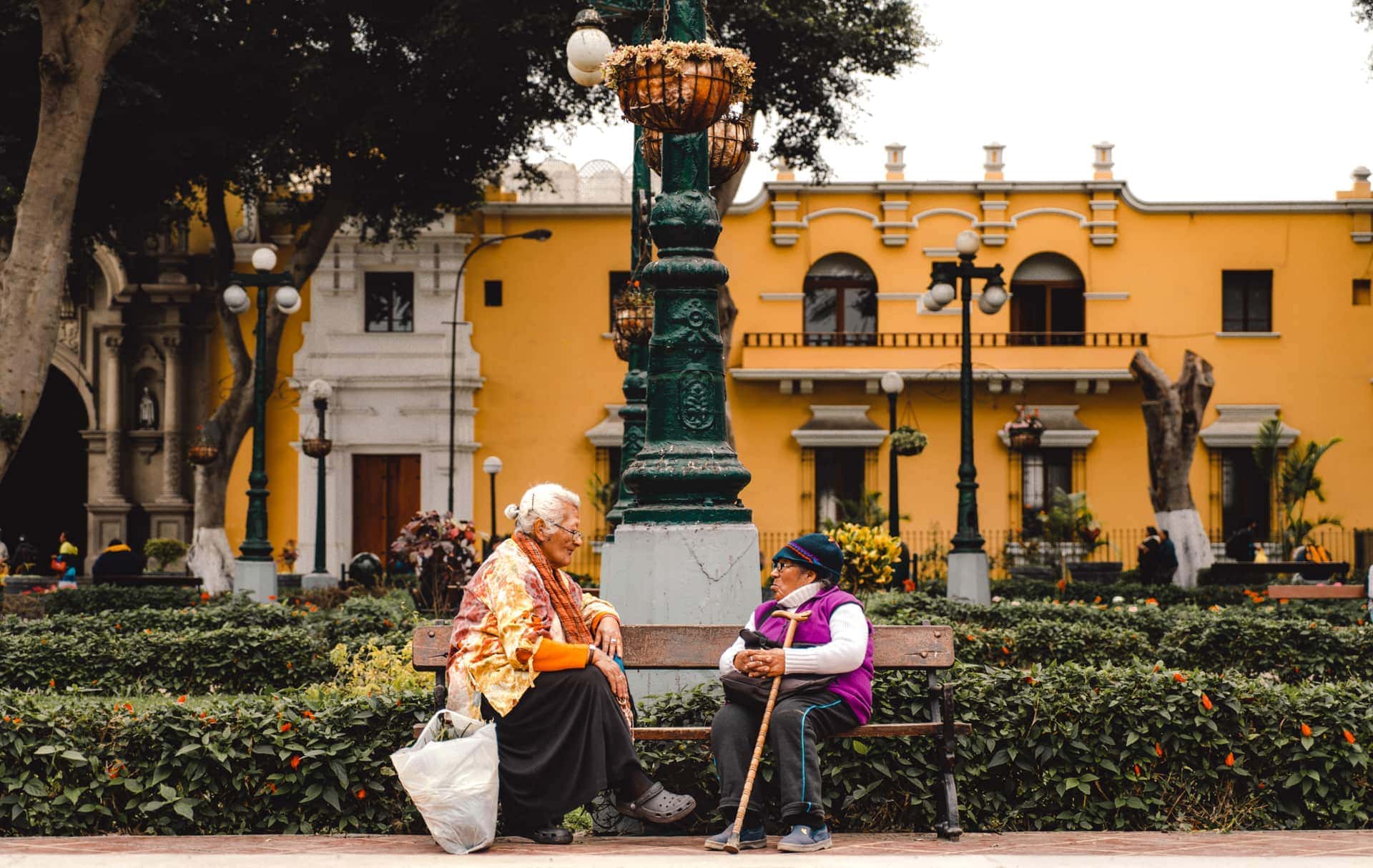



Hello, love your posts about Peru, you’ve been a huge help! Did you get your yellow fever vaccination before going in Iquitos?
Hi Carolina, not necessarily, as we already had it due to the many travels we do. If you’re getting vaccinations anyway, I’d recommend taking that one too. Have the best time!